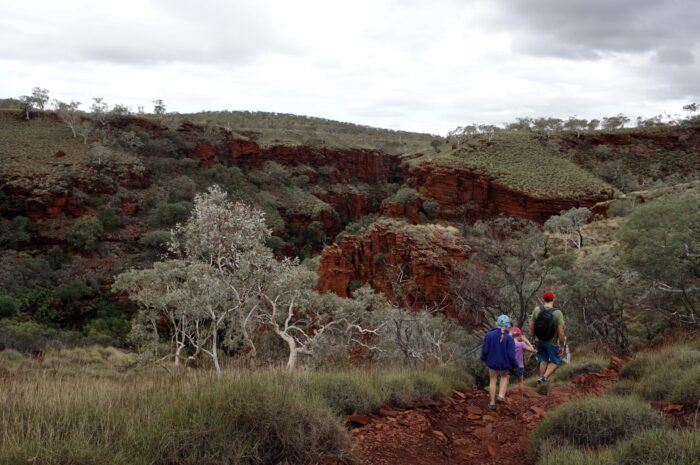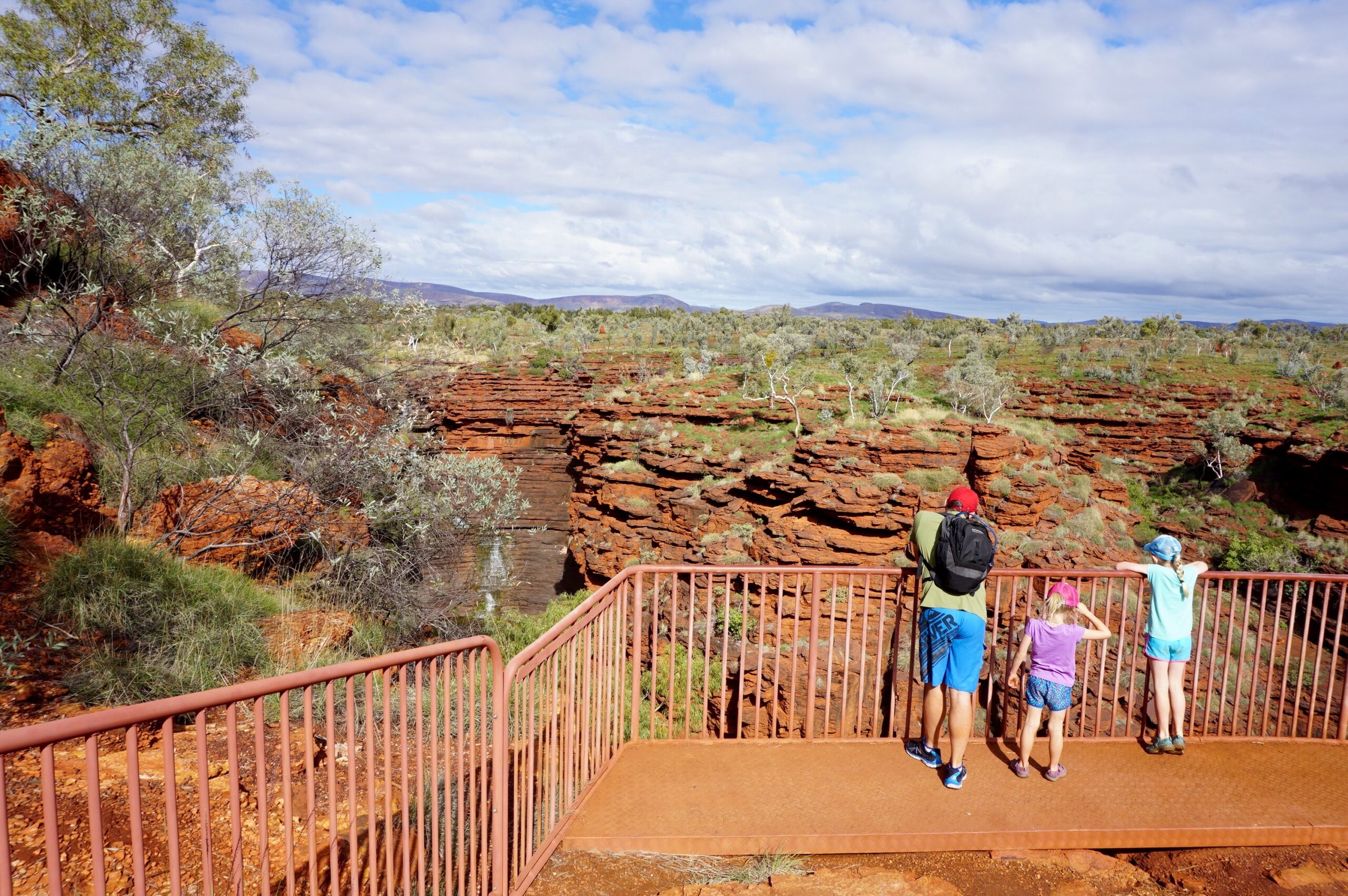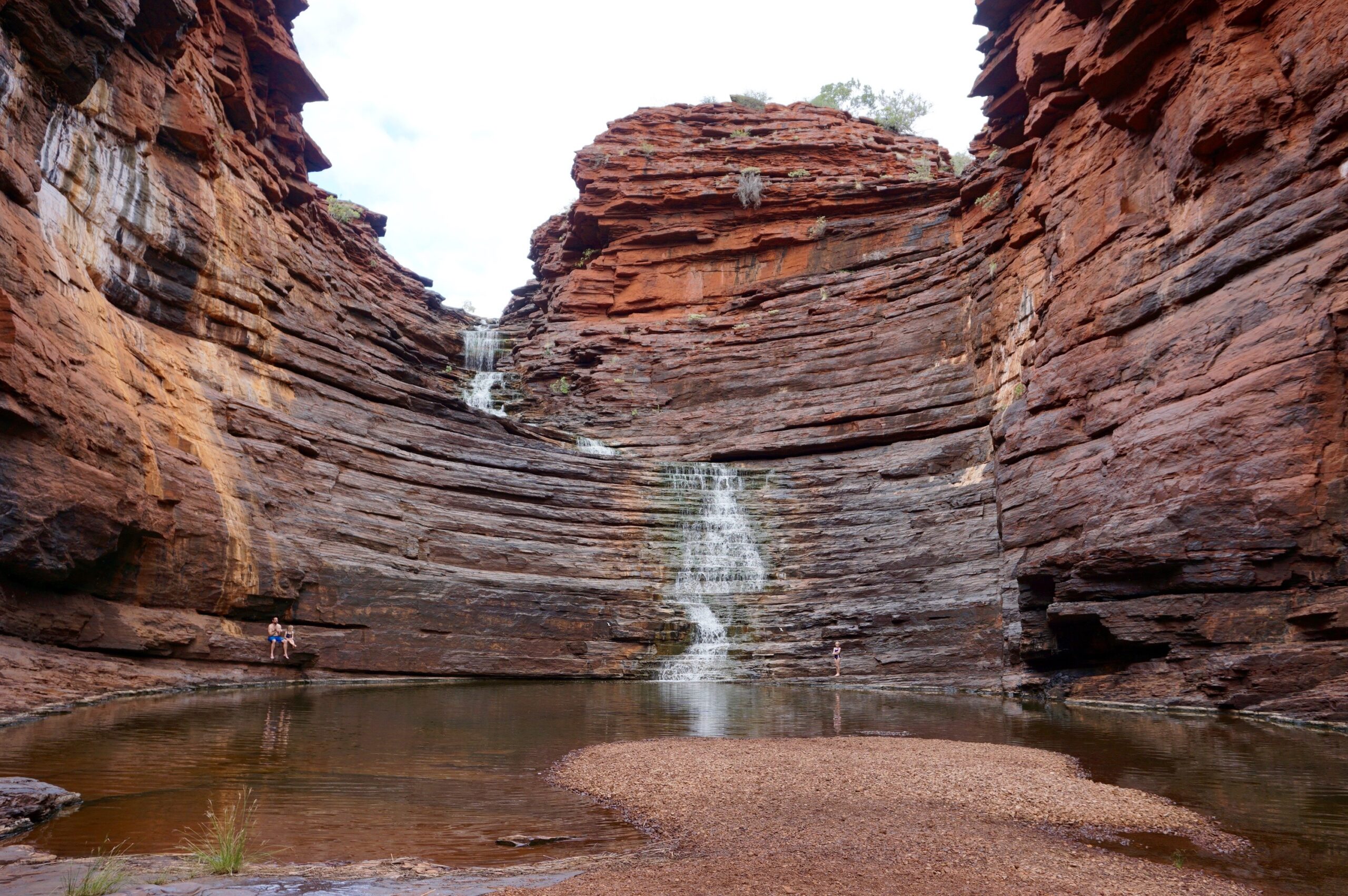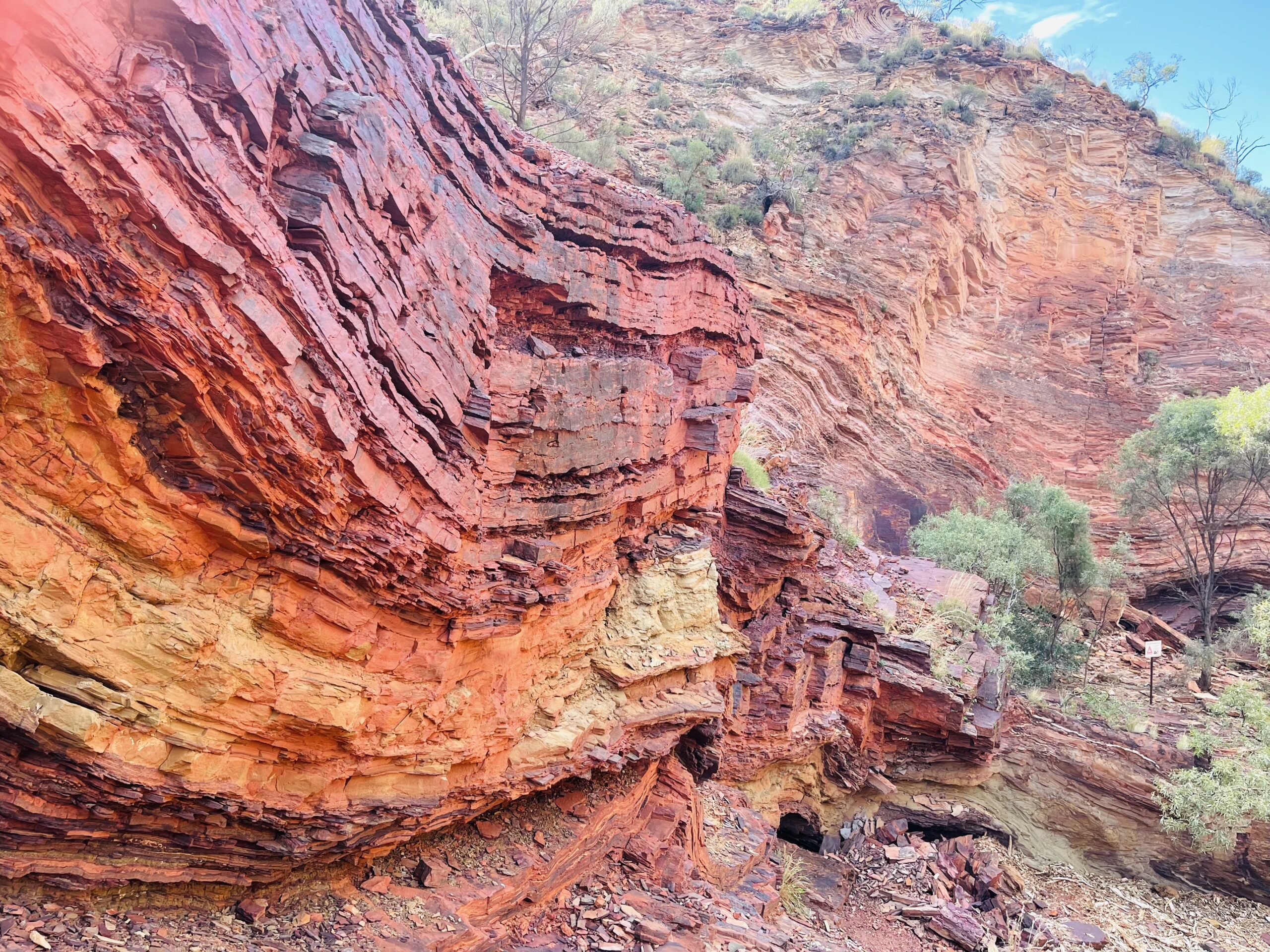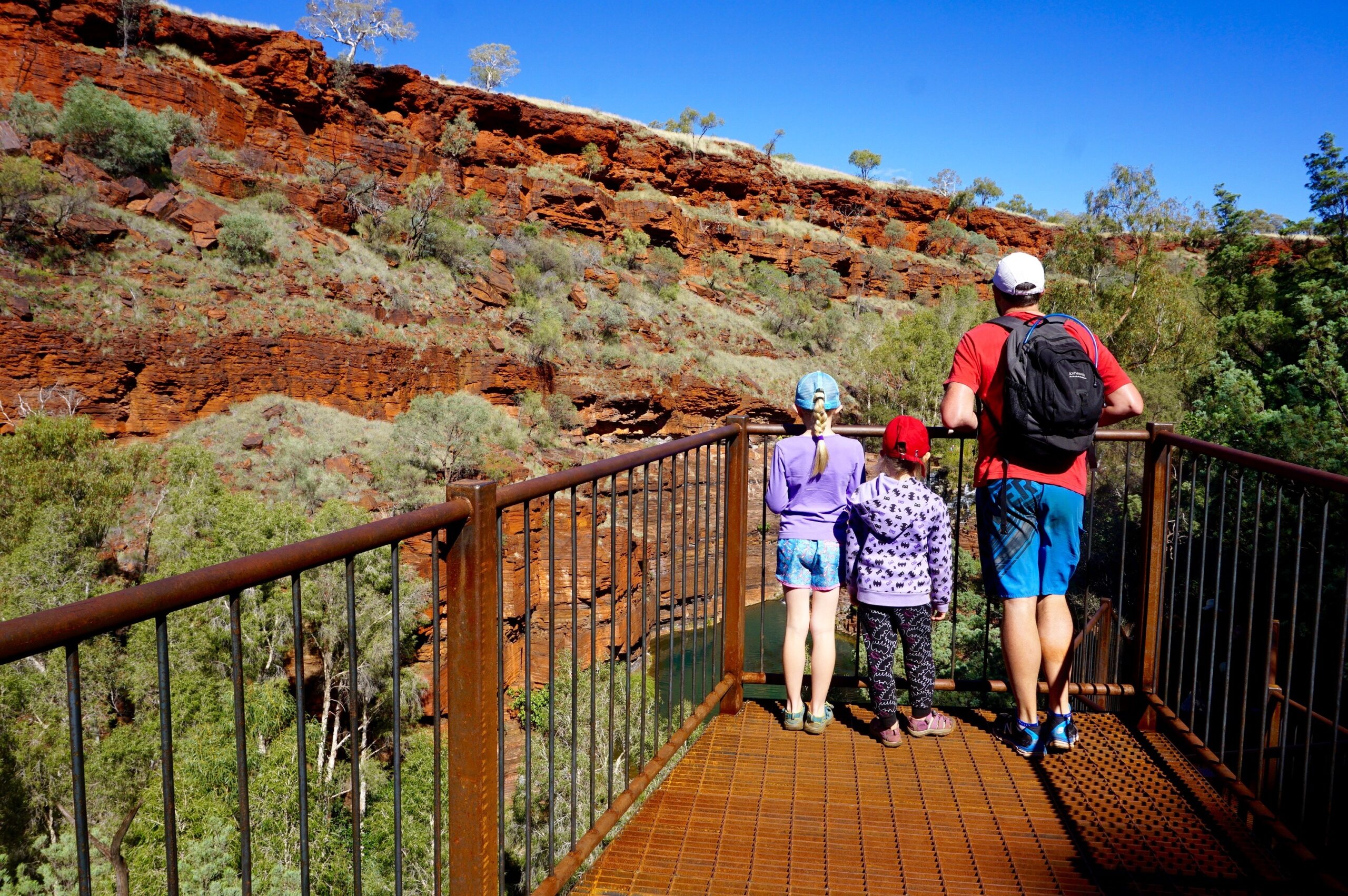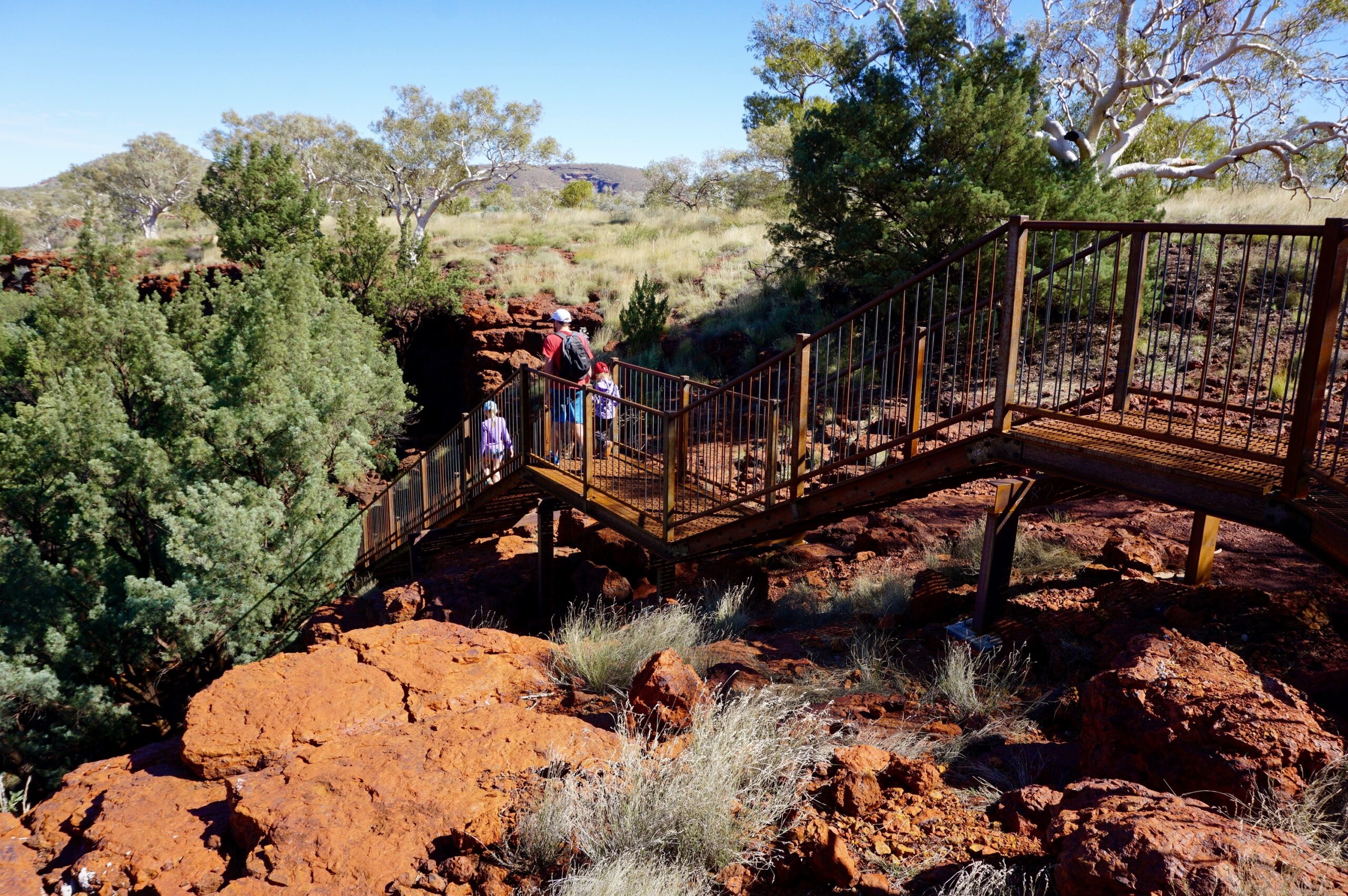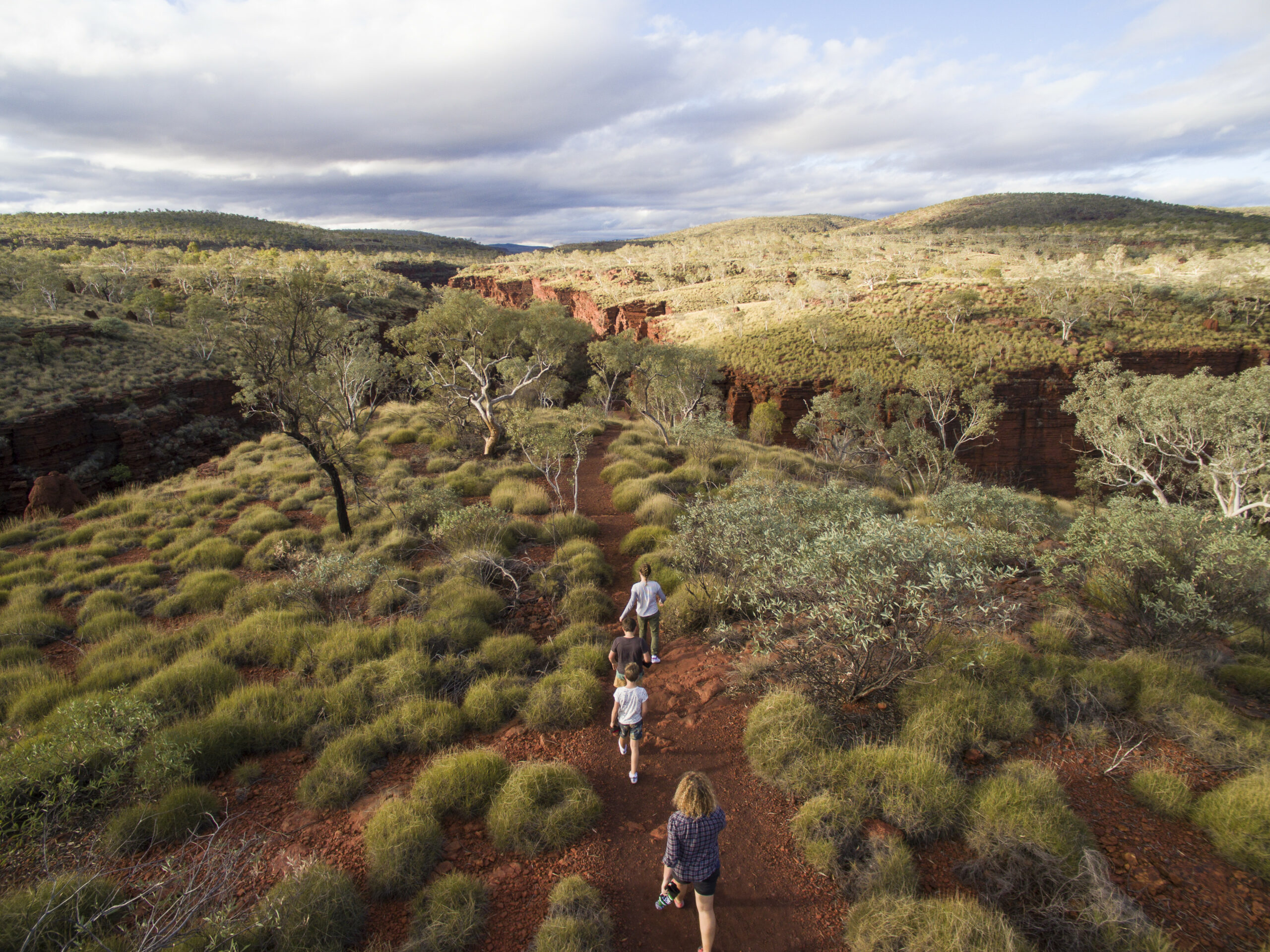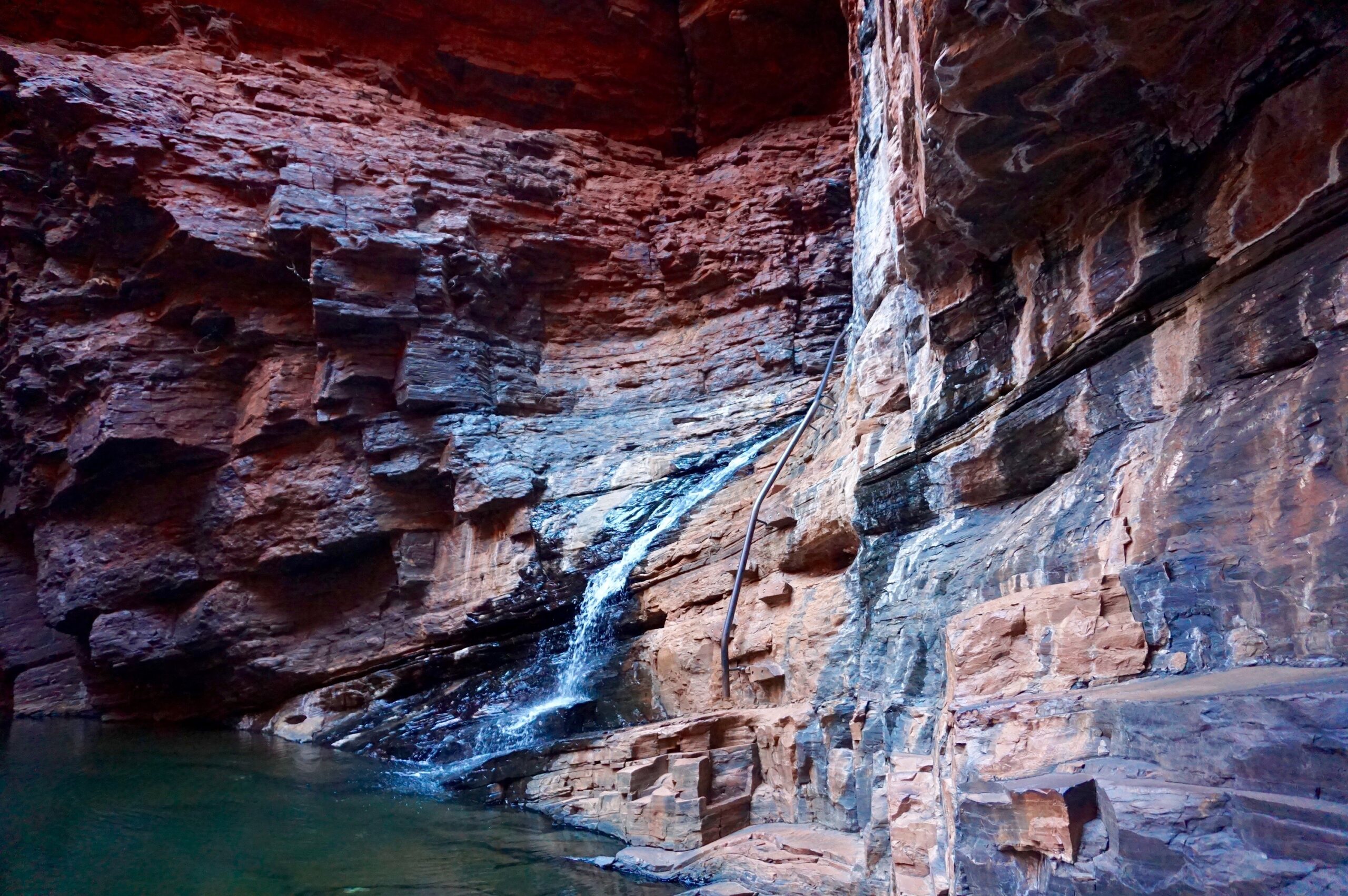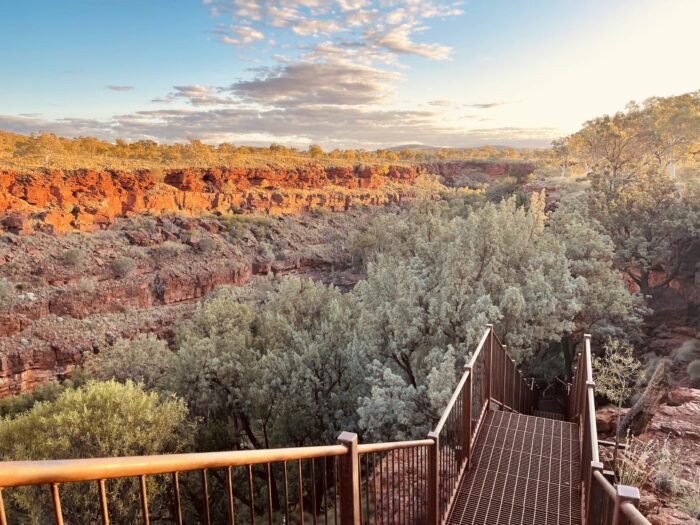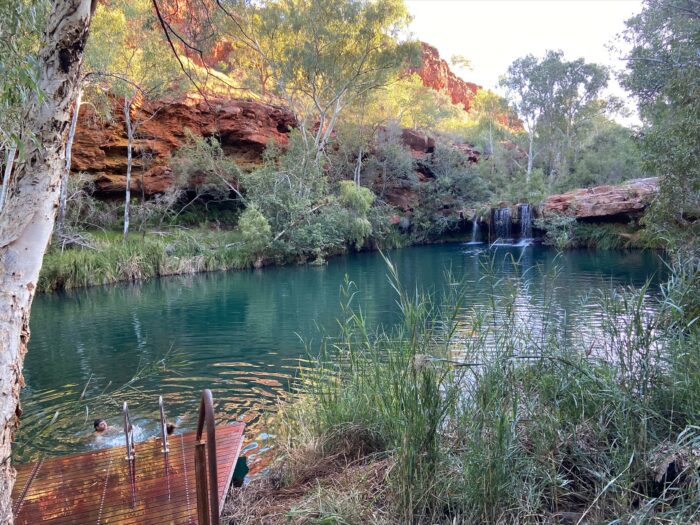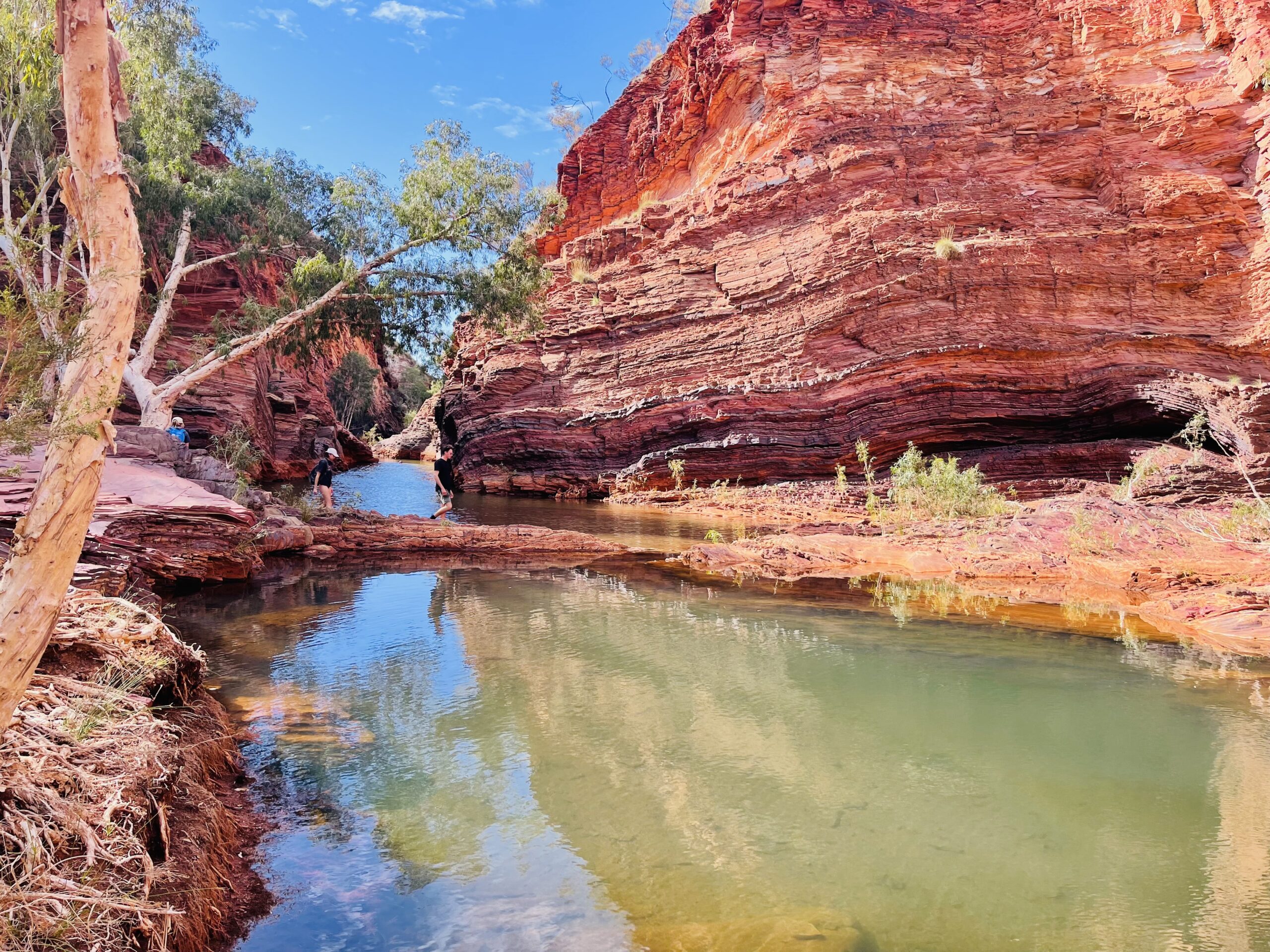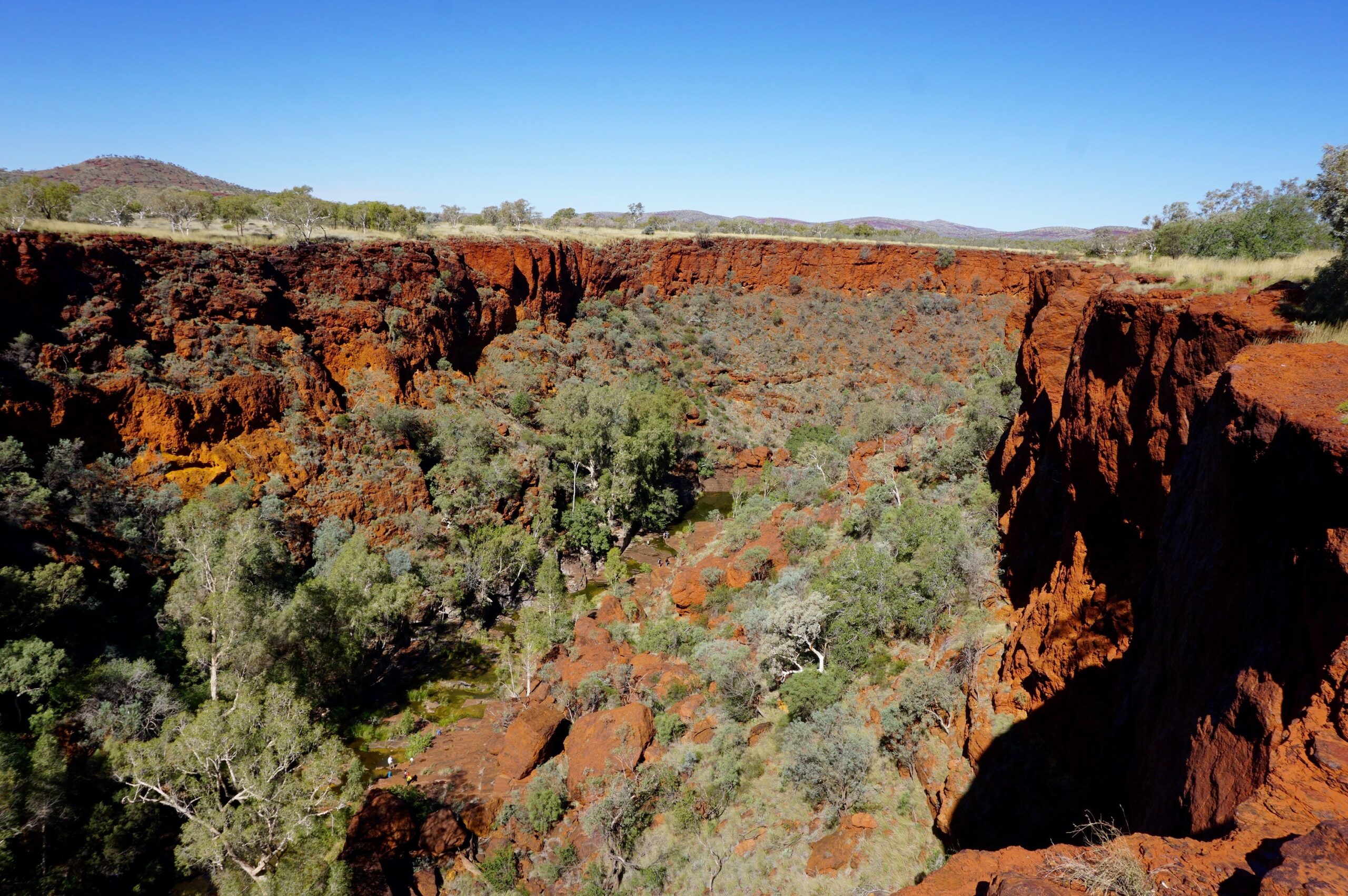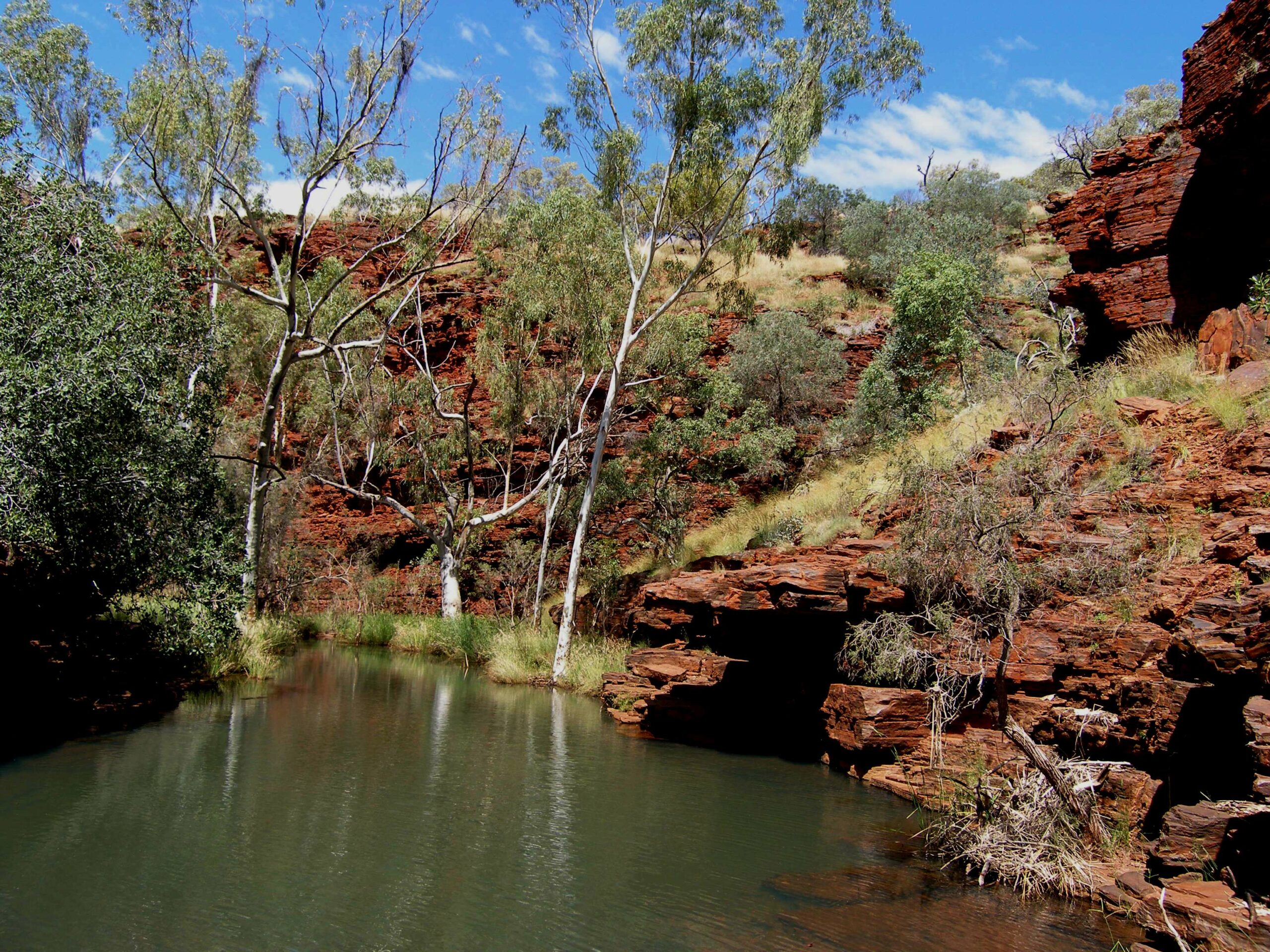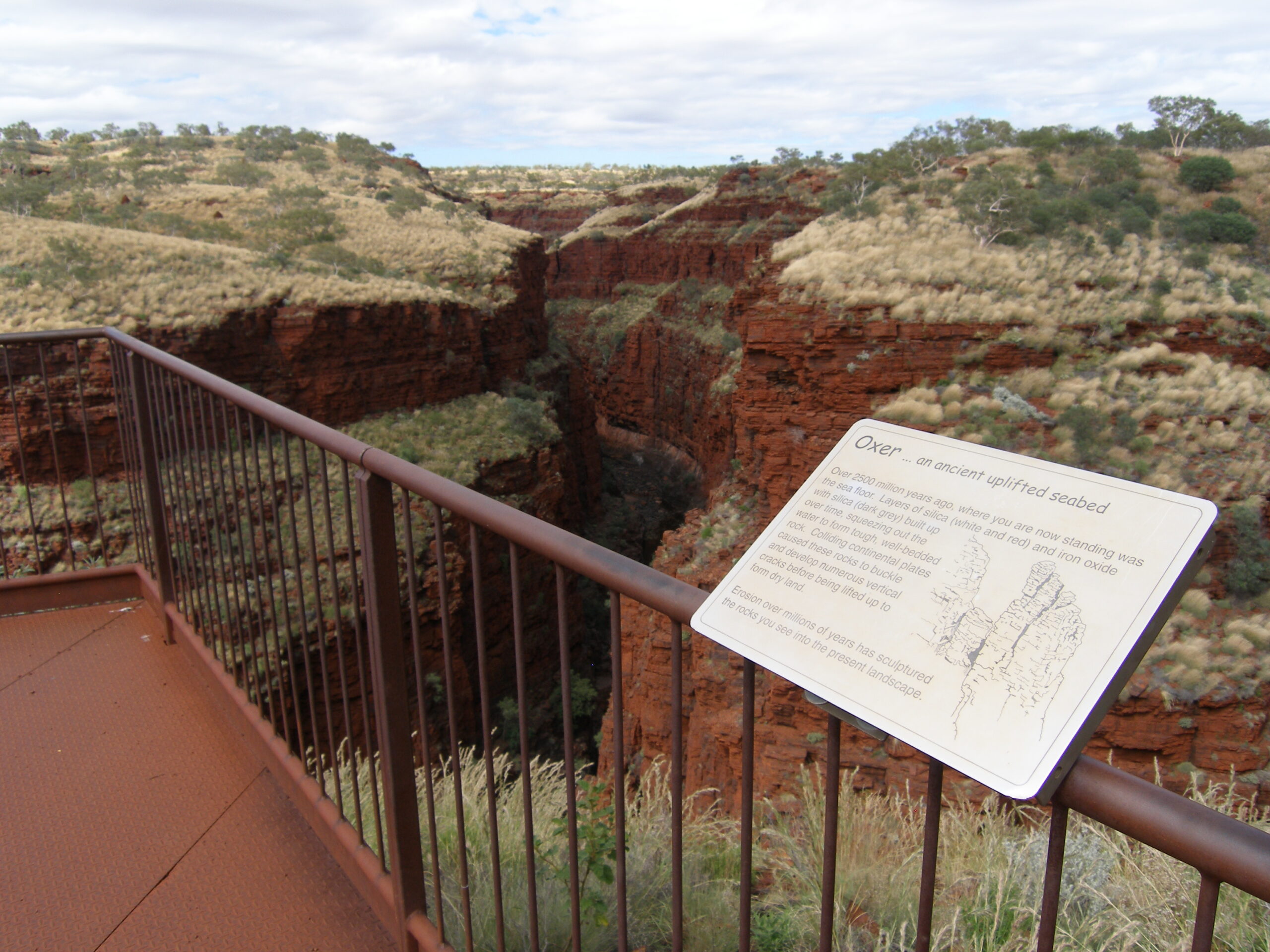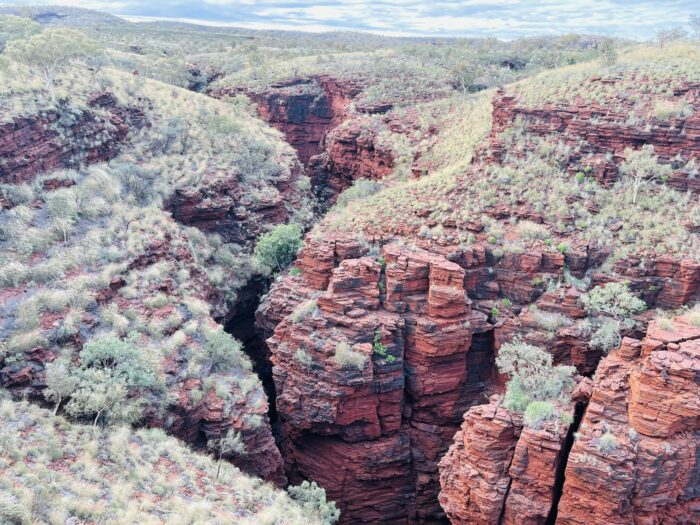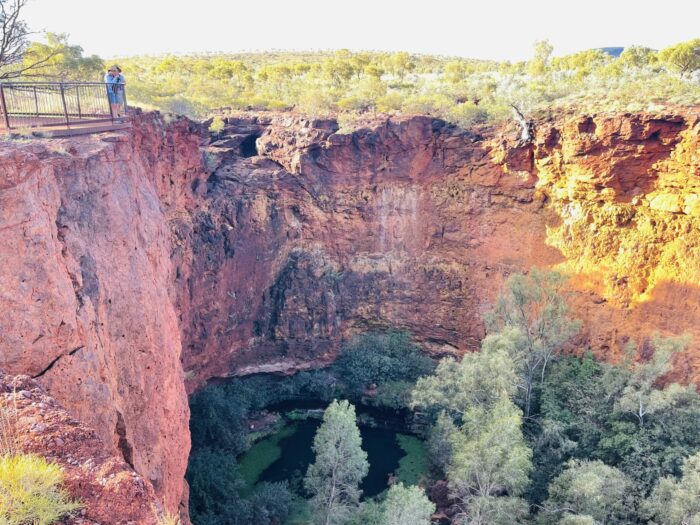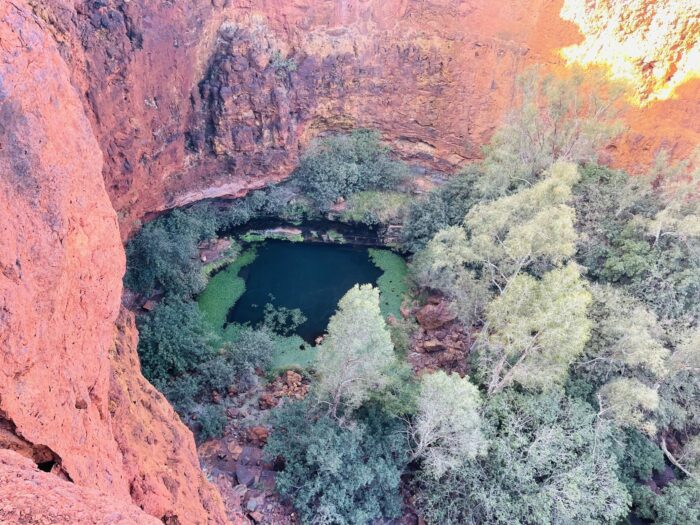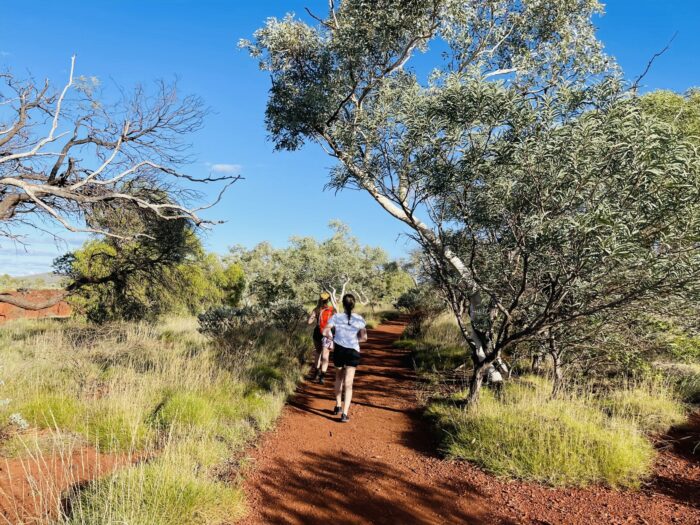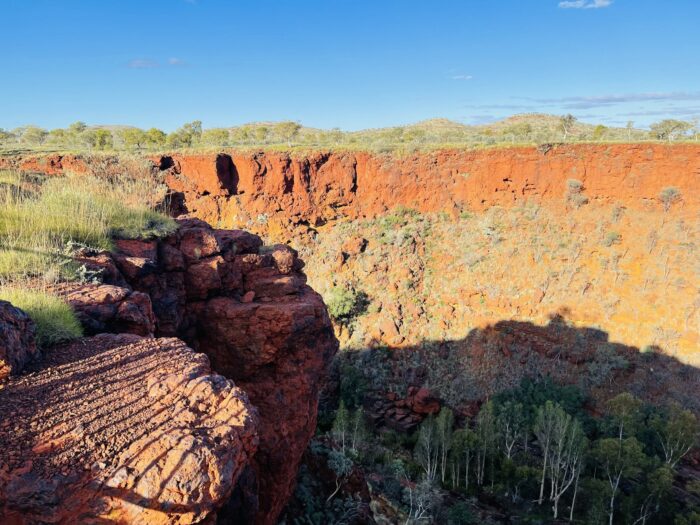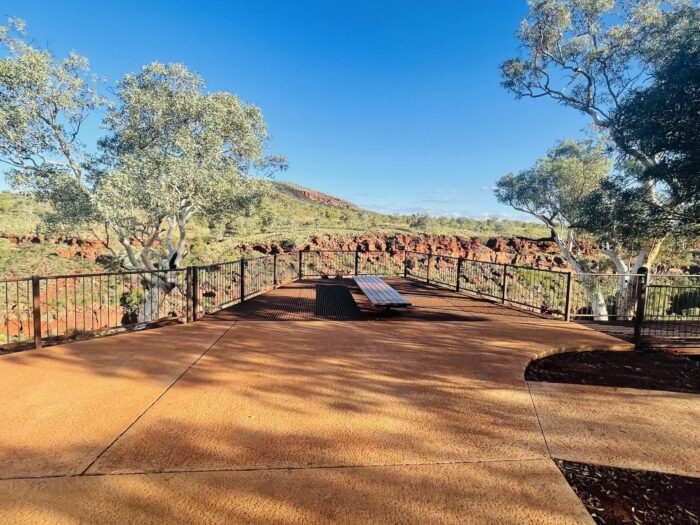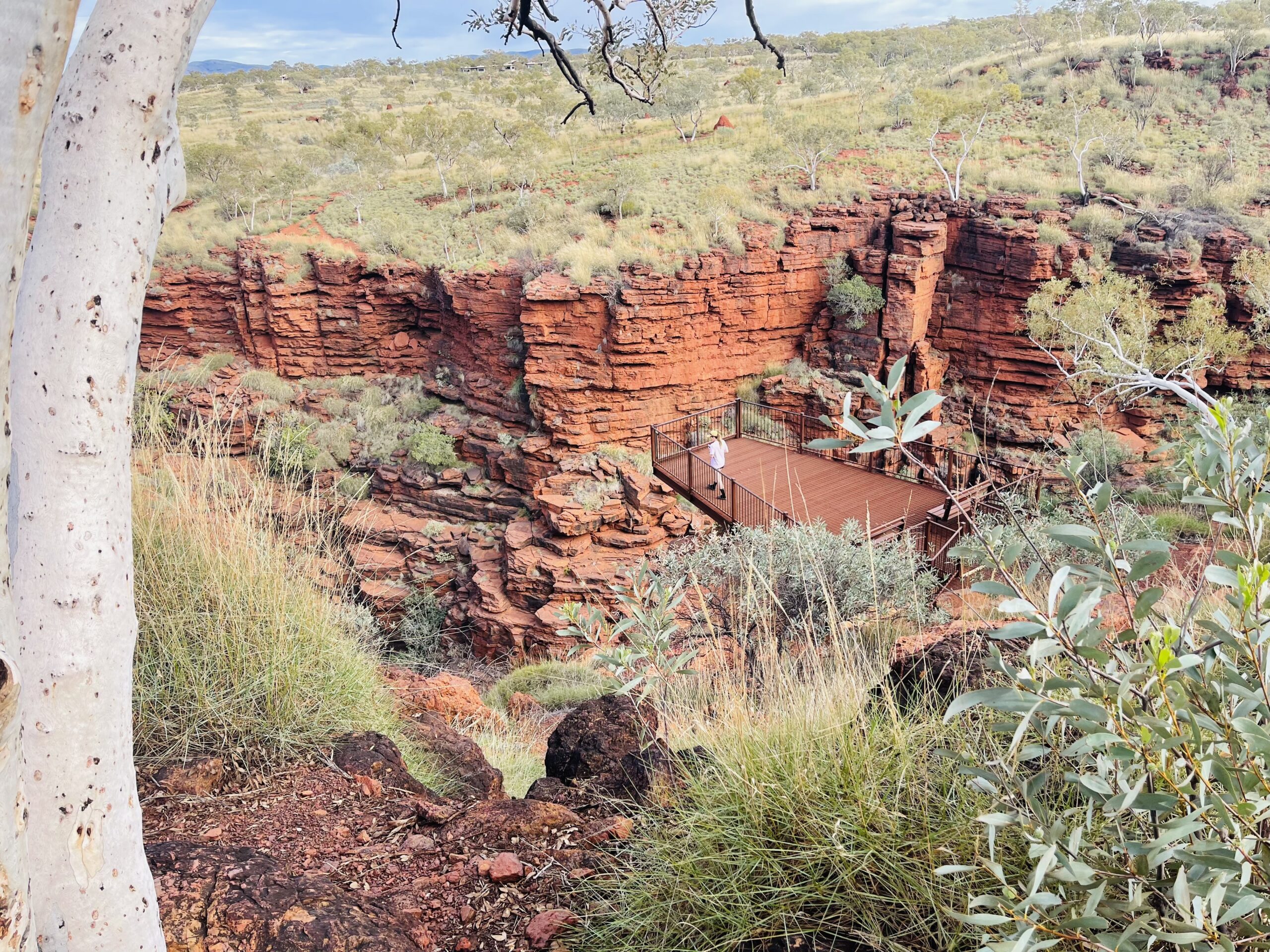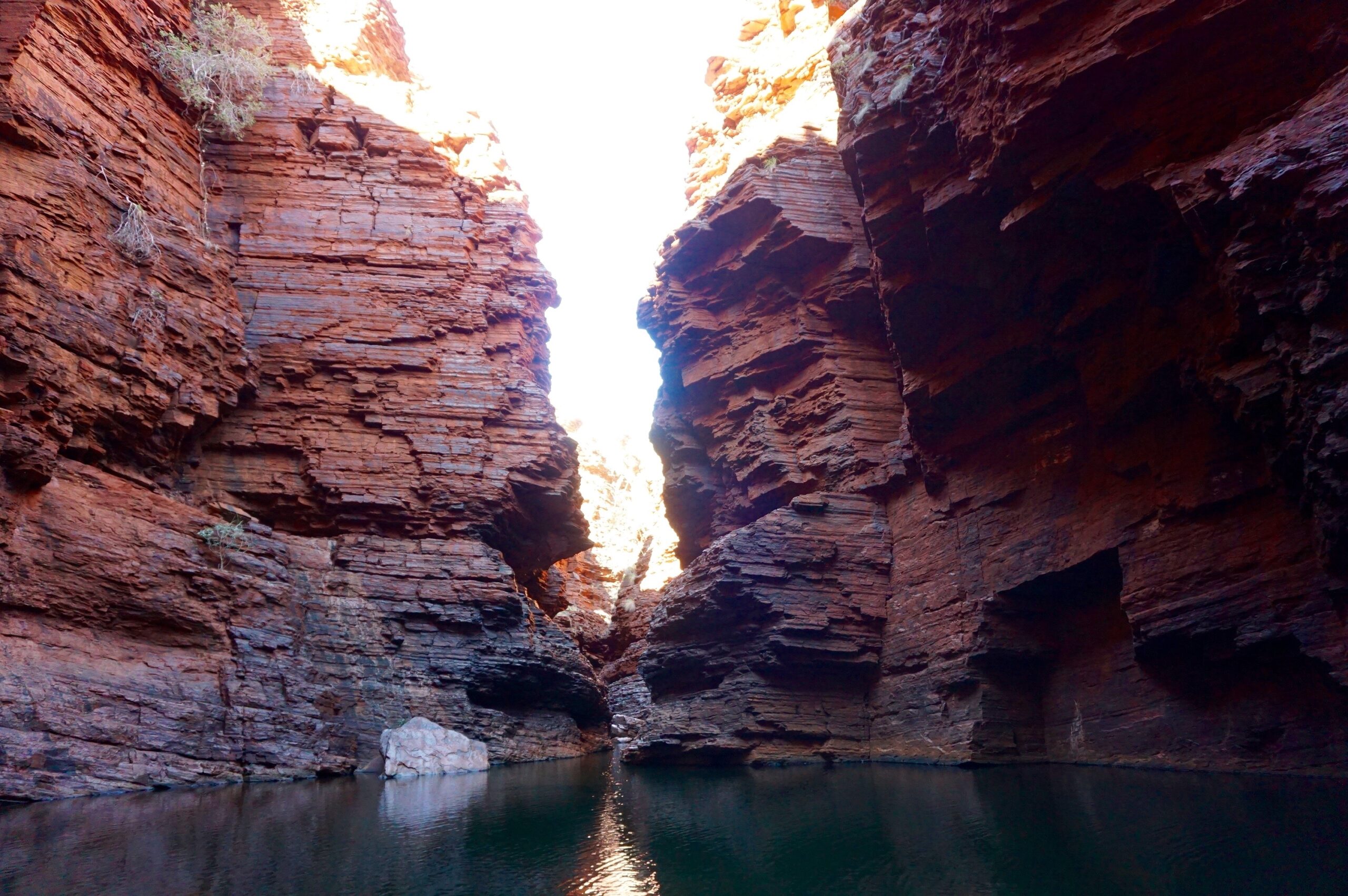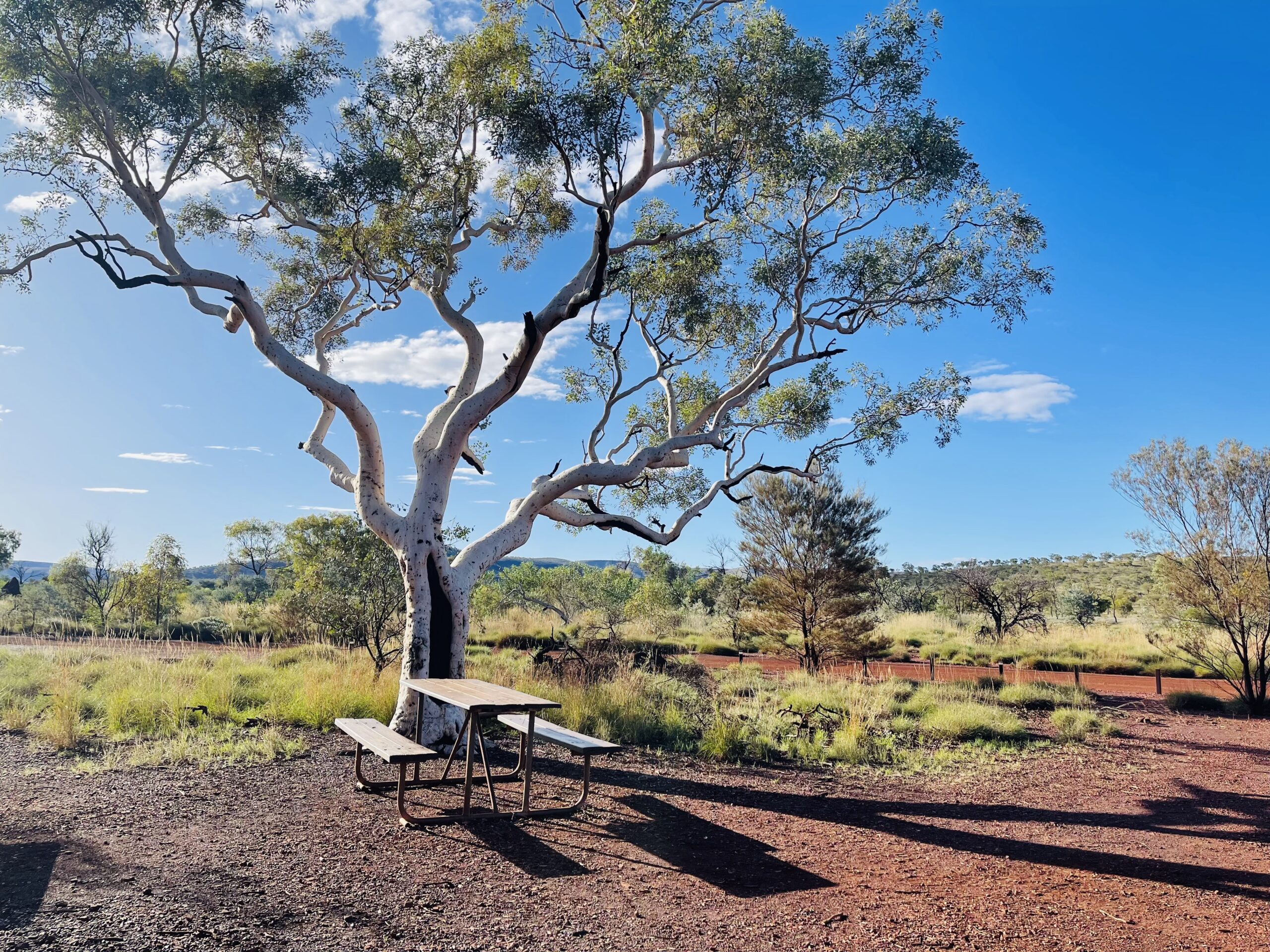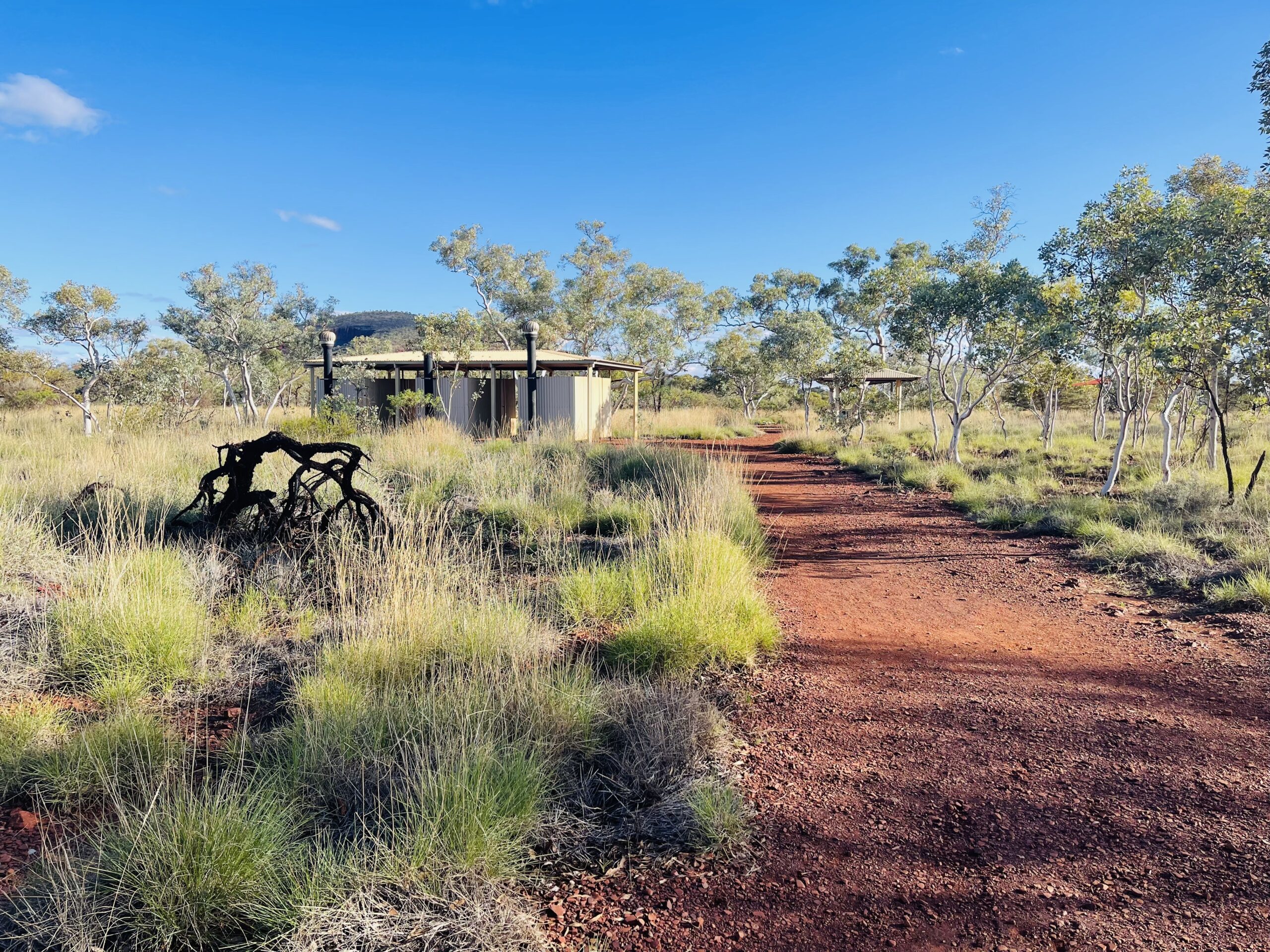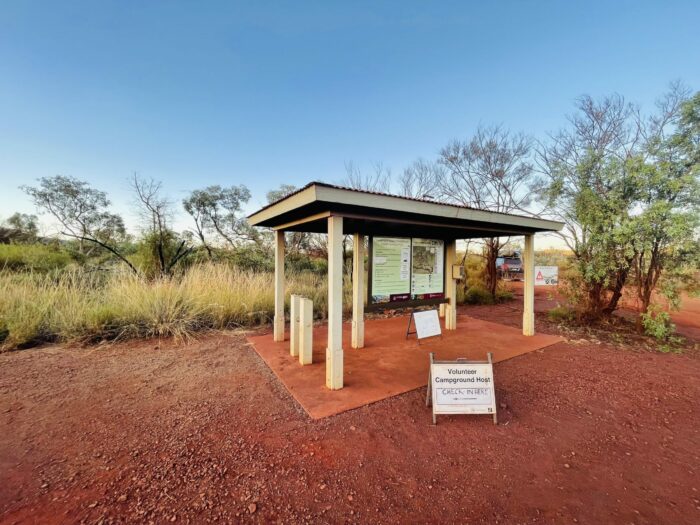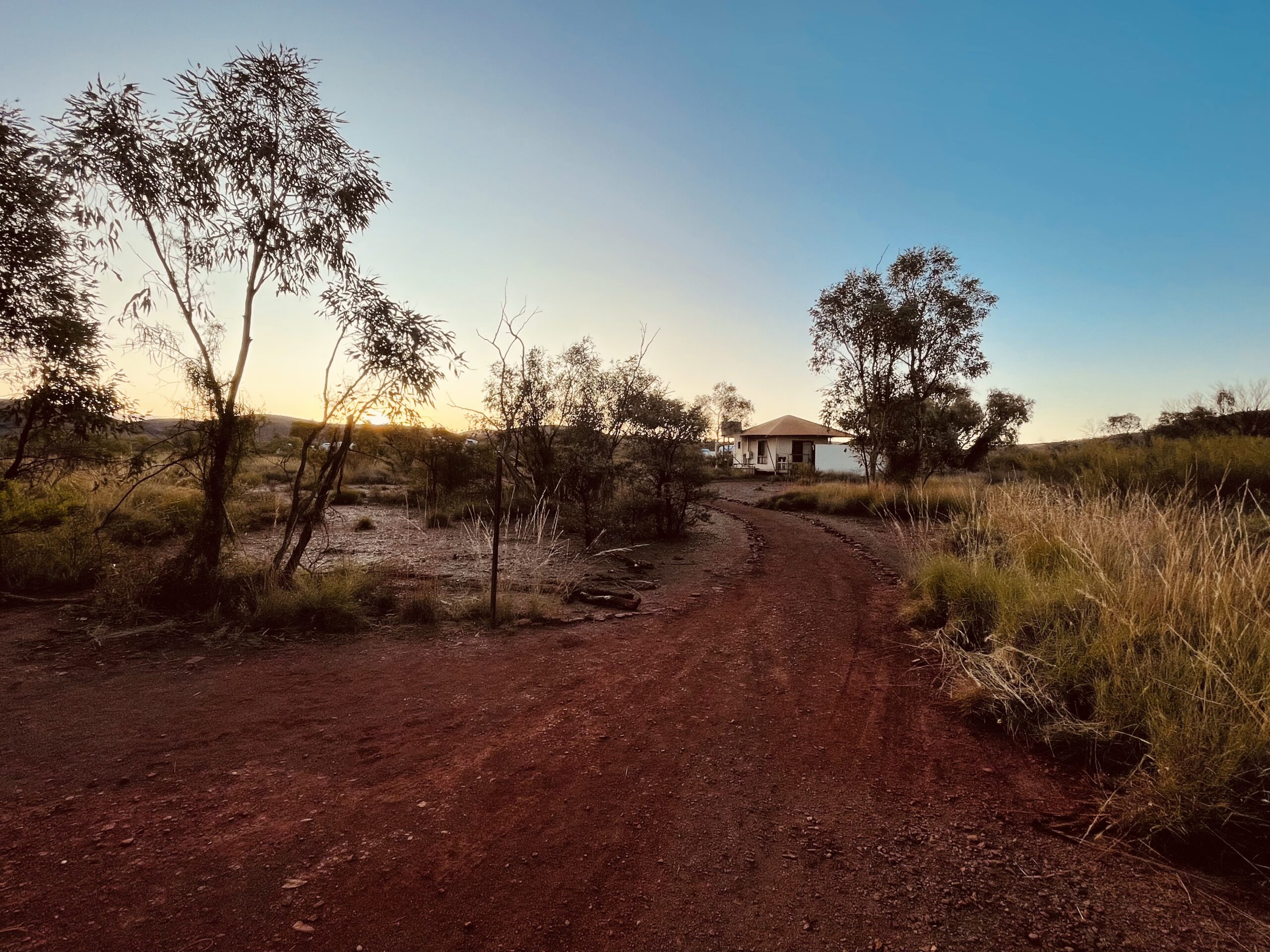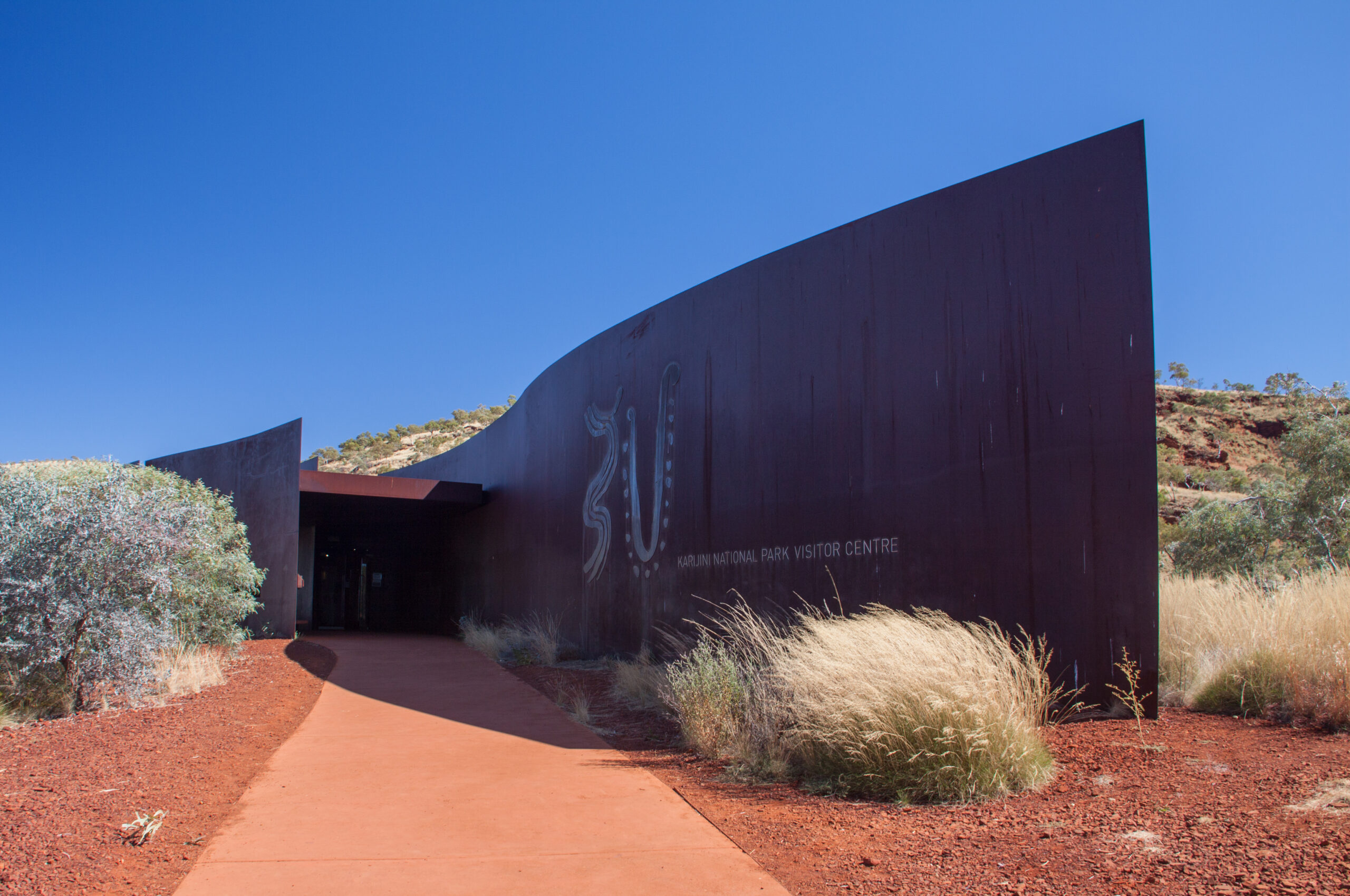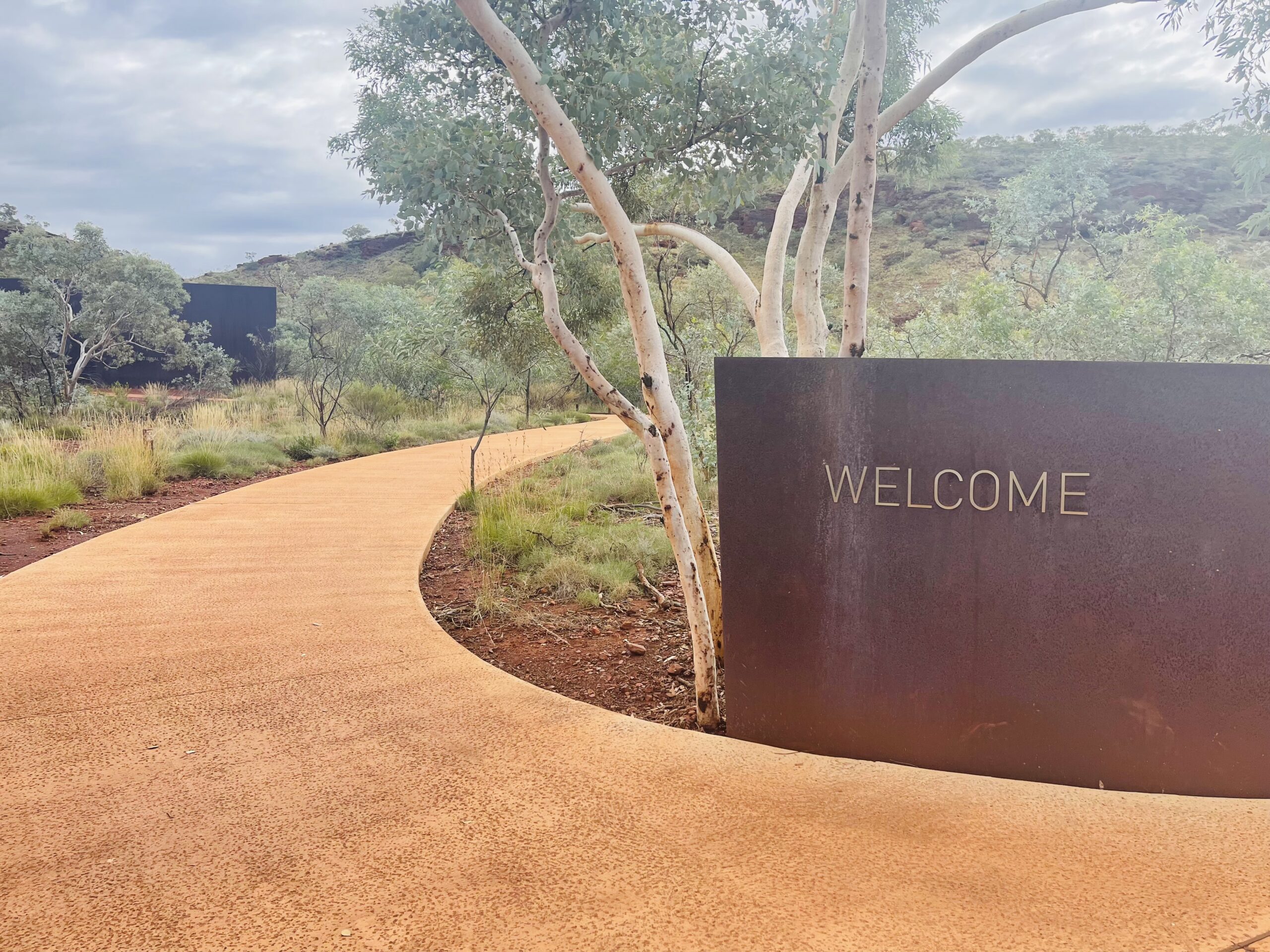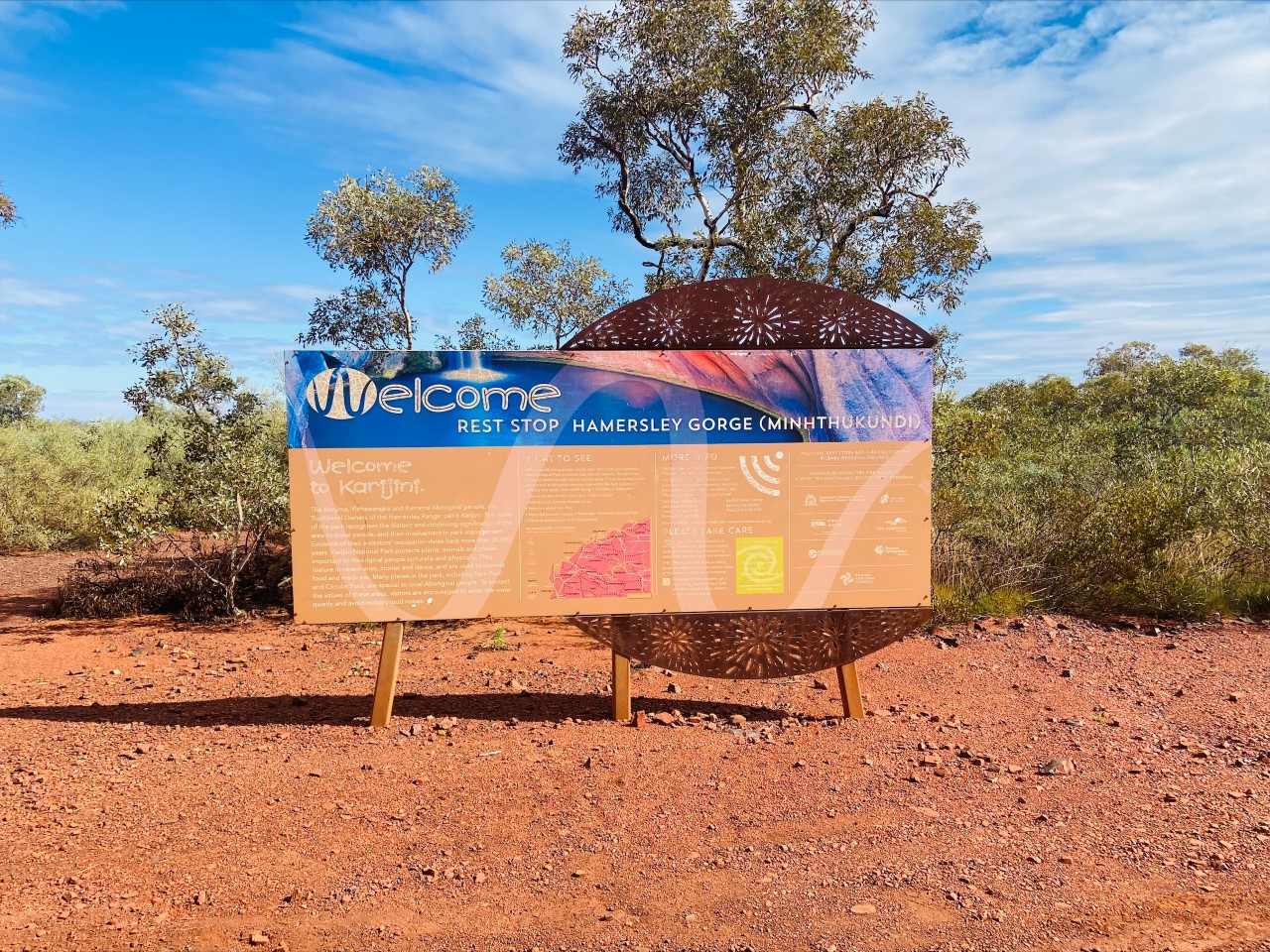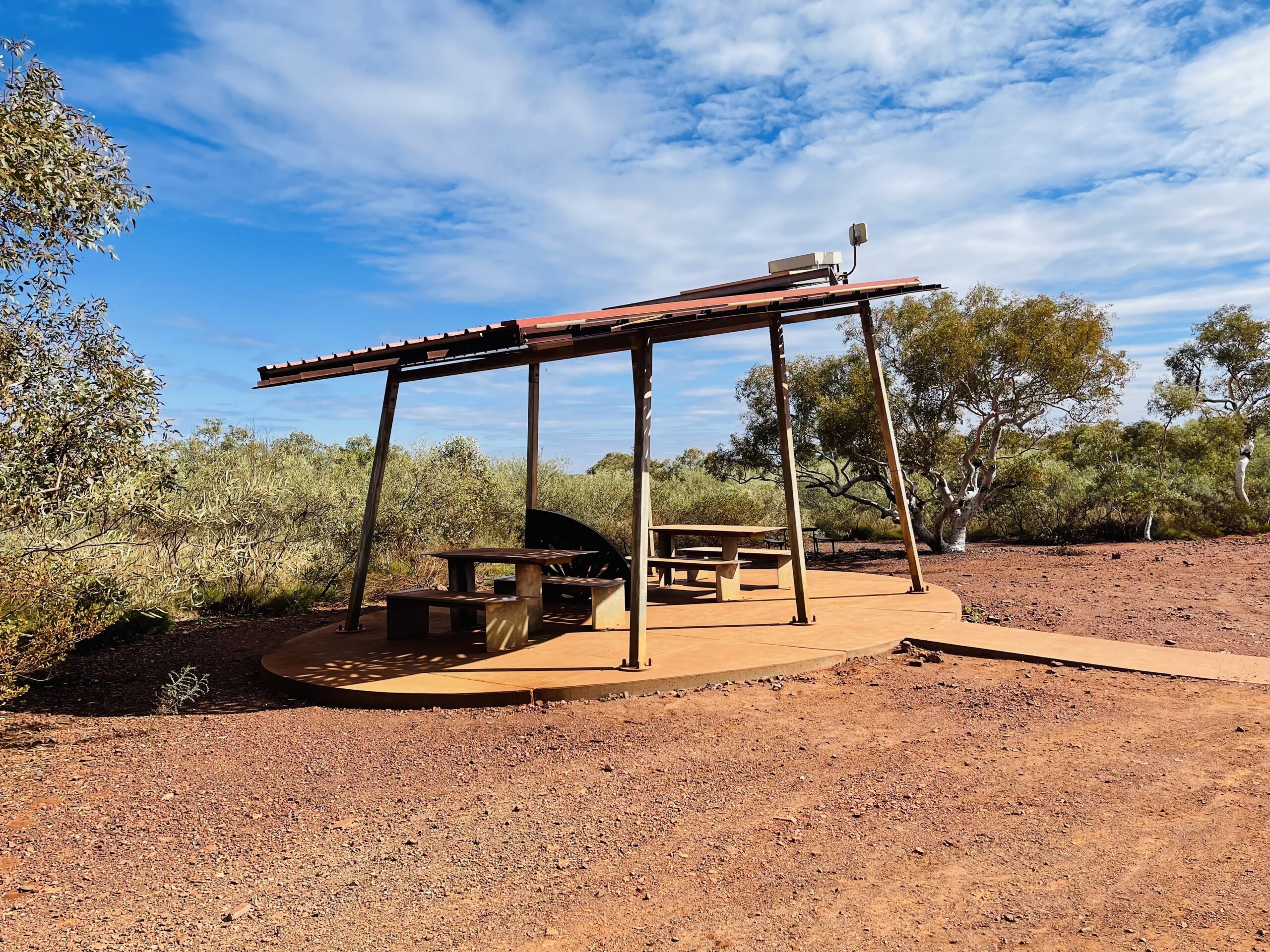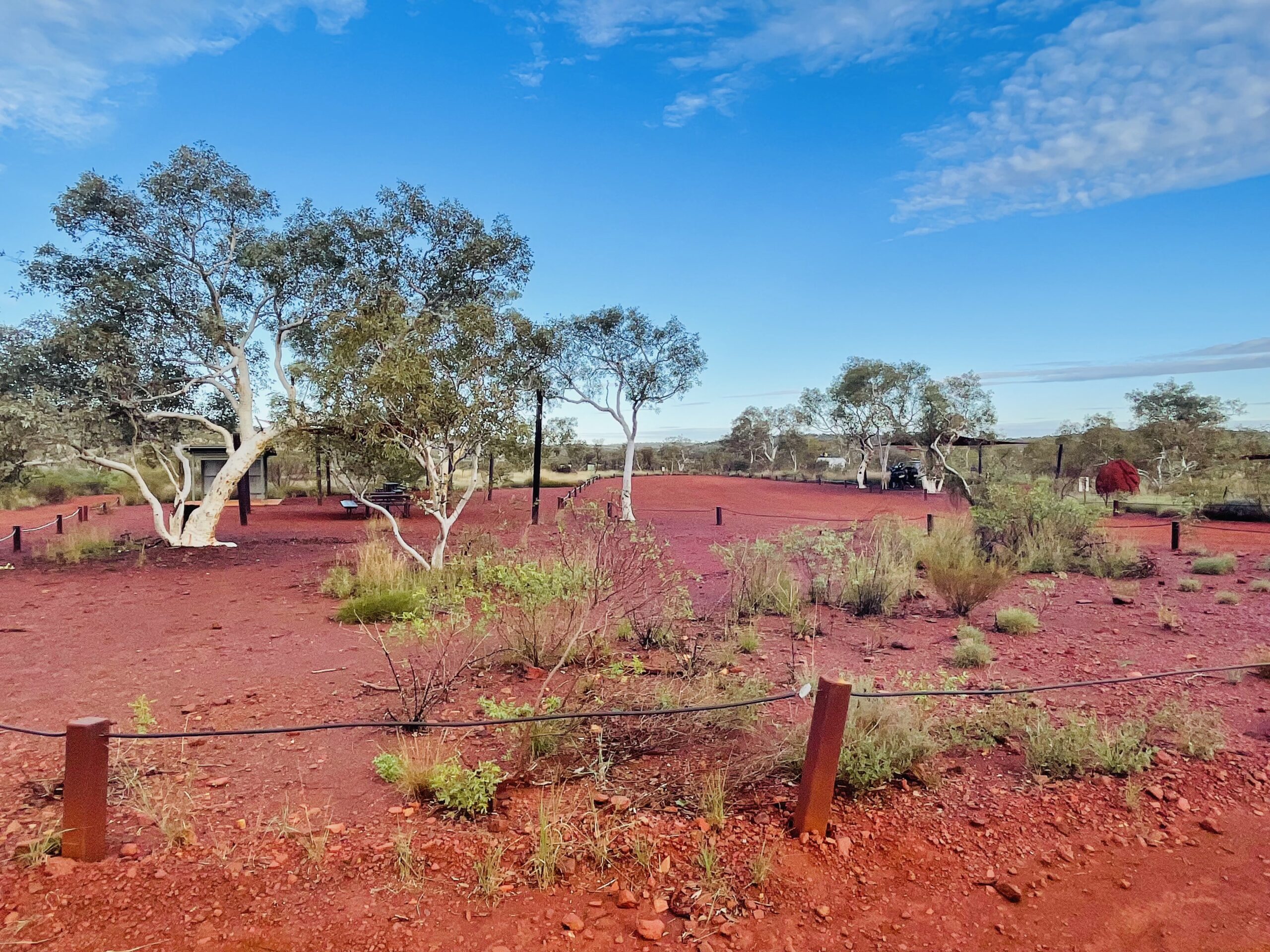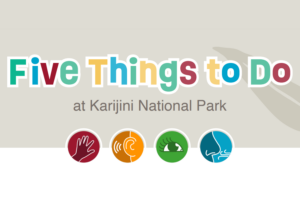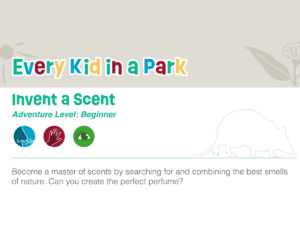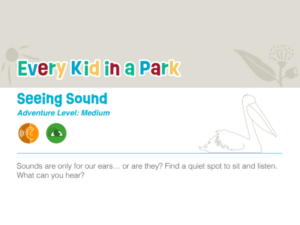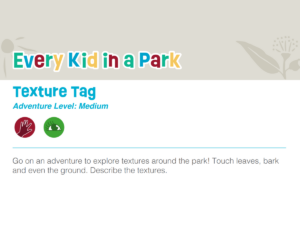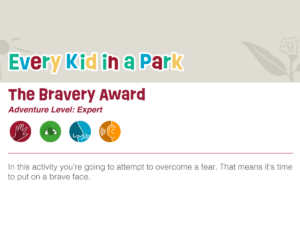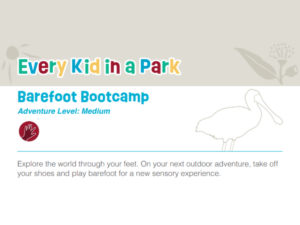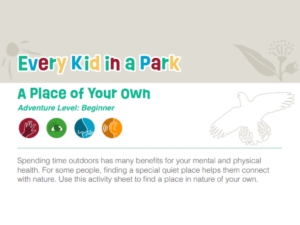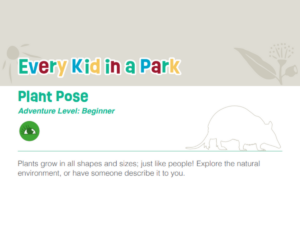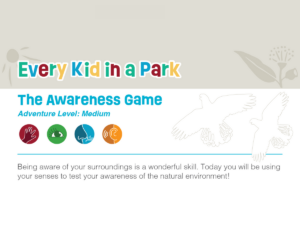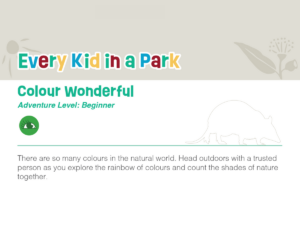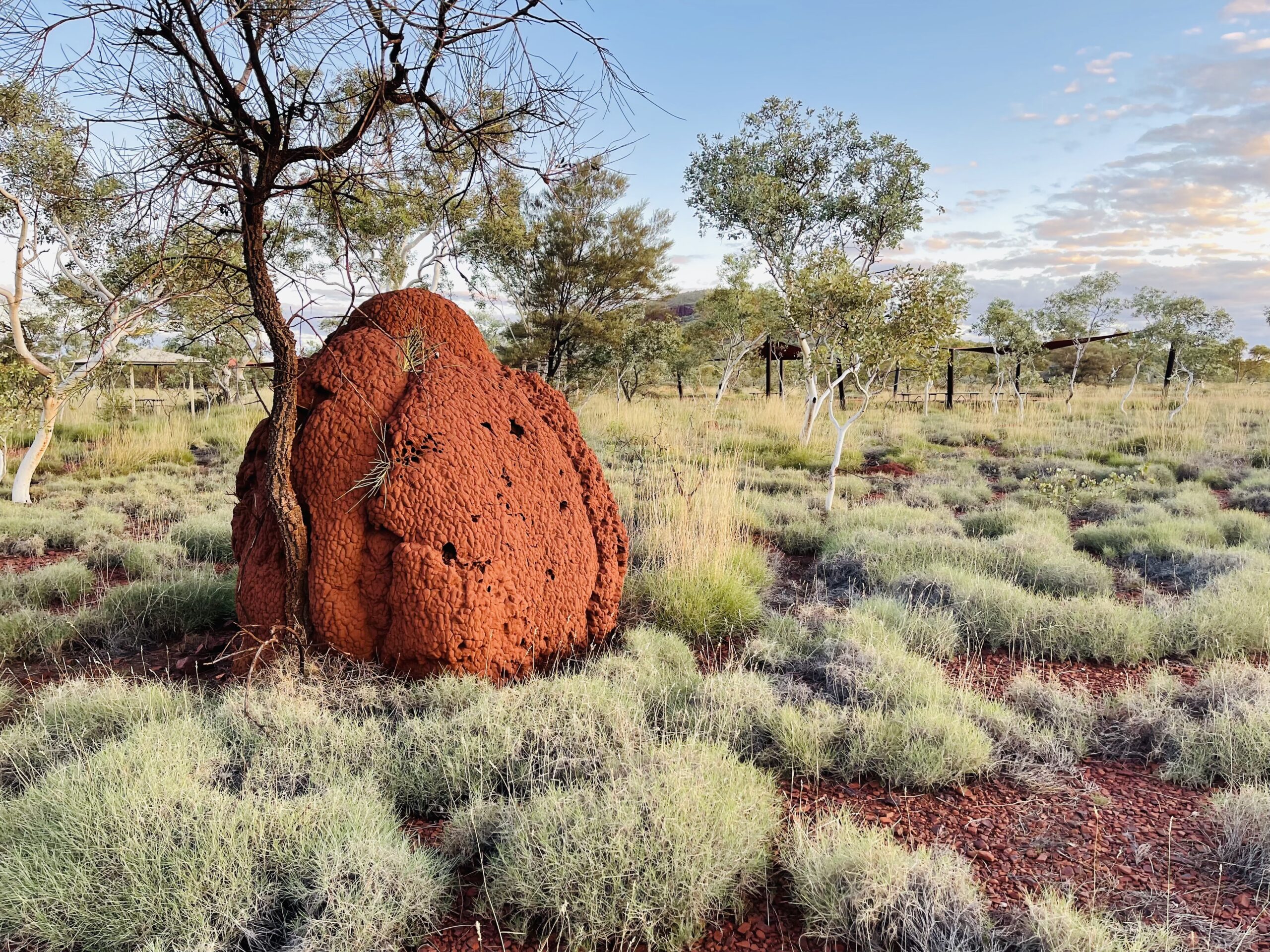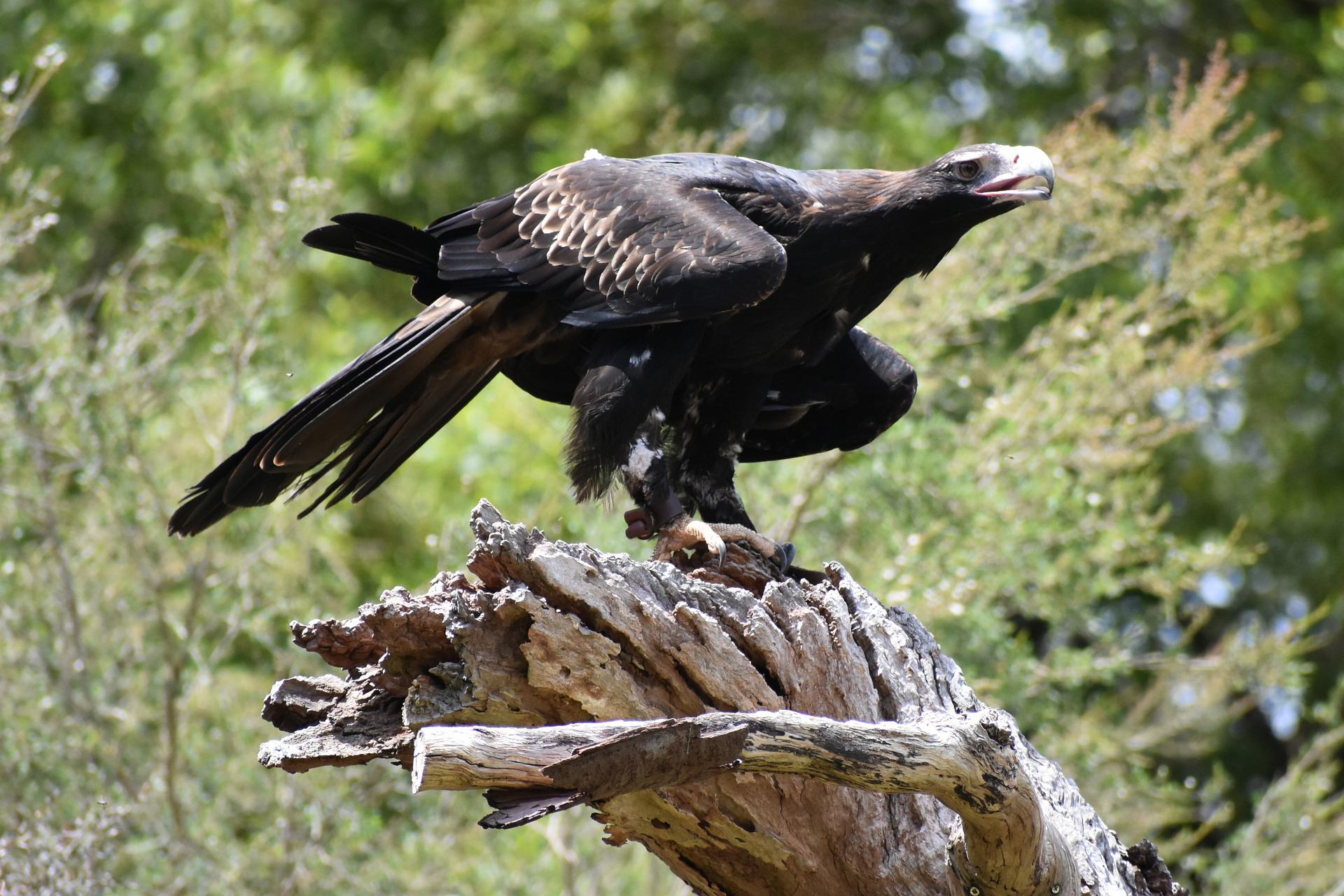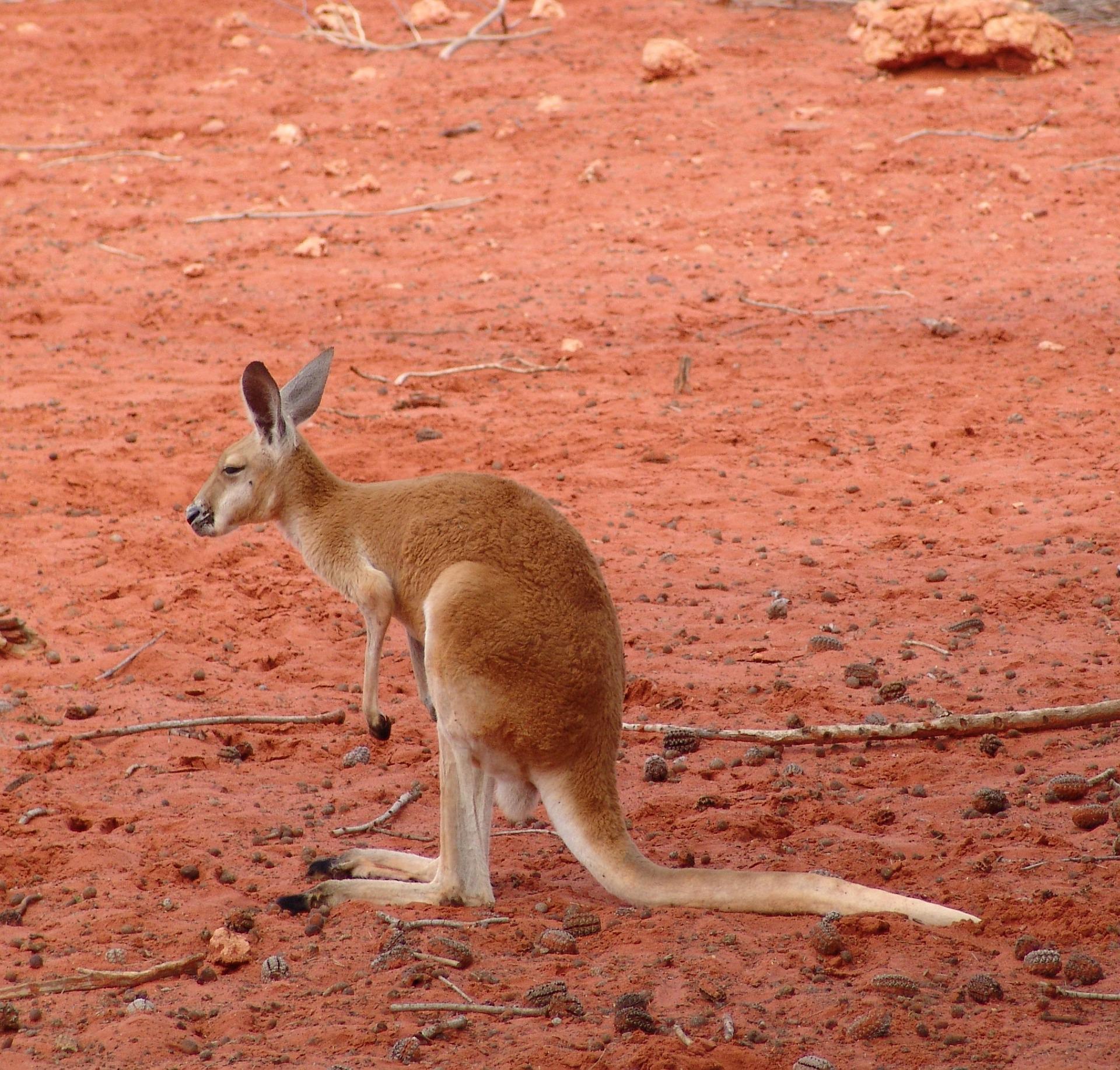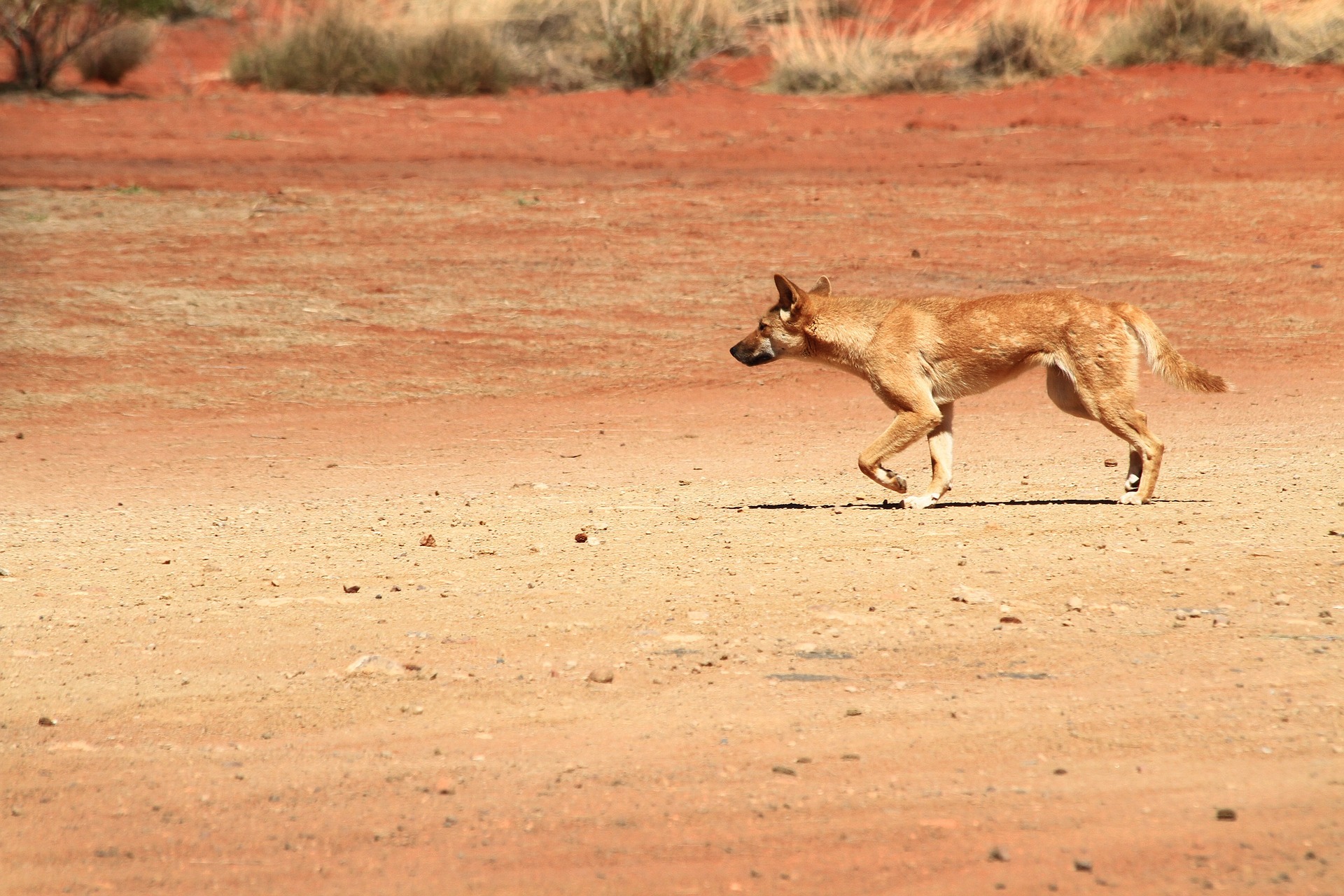Karijini National Park
Website Accessibility
For a more accessible experience of our website, you'll notice our Accessibility Tool in the corner of your screen. Click on the button to access the user-triggered customisations.
Cultural Recognition
The Banyjima, Yinhawangka and Kurrama Aboriginal people know the Hamersley Range as Karijini.
The name of the park recognises the historic and continuing significance of the area to the people and their involvement in park management.
Evidence of their ancestors’ occupation dates back more than 30,000 years. During that period, Aboriginal land management practices such as ‘fire stick farming’ resulted in a diversity of vegetation types and states of succession, and have helped determine the range of plants and animals found in the park today.
Overview of Karijini National Park
Welcome to Karijini National Park, located in the Hamersley Range in the heart of the Pilbara.
Karijini National Park is ancient Country. Iron formations exposed in many of the rocks here originated more than 2000 million years ago! Much of the nature here has remained untouched and strong connections between Aboriginal people and the land still remain.
The deep gorges formed by once running water are the main attractions of Karijini National Park. Visitors can head to one of the spectacular look-outs to see the plummeting cliff-faces and waterfalls from above. Or, take a trail down into the depths of a gorge and dip into a crystal clear freshwater pool surrounded by vibrant red rock, lush greenery and wildflowers.
Find more details on gorges and pools in our Points of Interest section.
The Karijini Visitor Centre is a great place to start your journey, with helpful resources and staff who can help you plan your day at the park. It also features static and interactive displays about the incredible geology, plants and animals of Karijini, and Aboriginal people and their culture. Cold drinks, ice-creams and souvenirs are available for purchase.
Karijini National Park is WA’s second largest national park, at a whopping 627,442 hectares! In fact, the two opposite ends of the park (Dales Gorge and Hamersley Gorge) are just over 100km apart. That’s why we think it’s best to stay at least two or three nights here, so you can explore as much of this beautiful area as possible.
Camping is available at Dales Campground, an overflow campsite nearby (peak period only), and at Karijini Eco Retreat. Karijini Eco Retreat also offer deluxe tents and eco cabins, if you’d prefer to camp in style!
The ideal time to visit Karijini National Park is during late autumn, winter and early spring. The days are often warm and clear, and perfect for exploring the gorges (though make sure you bring warm clothes for the very cold nights). You might also catch wildflower season, where the park bursts into life with colours of yellow, purple, pink and red.
Please visit our Safety section to read important information on staying safe at Karijini National Park.
Opening Times
Karijini National Park is open 24 hours a day, seven (7) days a week for 365 days a year.
Cost of Entry*
Private vehicle with up to 12 occupants
- $17 per vehicle
- $10 per vehicle concession
Private vehicle with more than 12 occupants
- $8 per occupant 6 years or older
- $3.50 per occupant concession
Motorcycle
- $10 per motorbike
- No concession
No entry fee applies if you walk or cycle into the park.
*Prices accurate as of January 2024, refer to the Explore Parks WA website for up to date pricing.
Safety
Your safety is of the park staff’s concern, but is your responsibility. While Karijini is a spectacular location, somewhere less remote and hazardous is recommended for first-time and beginner campers.
- Hiking trails are classified according to Australian Standards, so select those that suit your level of ability. Remember that drinking water is very limited in Karijini, so bring plenty along with you.
- Limited drinking water is available from the Visitor Centre and from a tank on Banjima Drive East near the Dales turn-off. Tank water is not treated and boiling or chemical treatment is recommended.
- Be prepared for the weather. Days can be warm to very hot and nights can be cold and frosty. Dress appropriately, always use sunscreen and pack plenty of water.
- Rain can cause flash flooding in the gorges. If it starts to rain, please leave the gorge immediately. Do not enter any gorges if it is raining or rain is forecasted. Park staff will close the gorges when it is raining, or even if it is a clear day but rain is forecasted, for your safety.
- Water in the gorges can be extremely cold when swimming. A wetsuit is recommended if prolonged swimming and exploration of the gorges is intended. Water depths vary. Do not jump or dive into water.
- Phone reception is limited. Telstra is available at Mt Bruce and Hamersley Gorge, and Optus is available at the Visitor Centre, Dales Campground and Karijini Eco Retreat. Satellite phones may be more reliable than mobile phones but may not work in the gorges. A public telephone is located at the Visitor Centre and Karijini Eco Retreat (phone cards only).
- Emergency radios are located at the Weano Recreation Area and the Fortescue Falls carpark.
- Karijini National Park contains several unsealed roads. Take care when driving, especially after rainfall when roads may become slippery or flooded. We recommend travelling in a four-wheel drive vehicle with a radio device for your safety and comfort.
These points are not exhaustive. Please take the time to read the signage and information provided at Karijini National Park, and respect the rules put in place by park staff and the traditional owners of Karijini.
Emergency contacts
- For all emergencies phone 000
- Royal Flying Doctor Service 1800 625 800
- Satellite phone calls (08) 9417 6389
- Tom Price Police (08) 9189 0222
- Karijini Visitor Centre (08) 9189 8121
- Karijini National Park Ranger’s office (08) 9189 8147
- Department of Parks and Wildlife after hours contact (08) 9182 2088
Download the free Every Kid in a Park app for a digital tour of
Amenities & Points of Interest
Amenities & Points of Interest
- Dales campground
- Eco Retreat
- Bilungunha (Hancock Gorge)
- Jijingunha (Joffre Gorge)
- Jubula (Fortescue Falls)
- Jubura (Fern Pool)
- Knox Gorge Lookout
- Minhthukundi (Hamersley Gorge)
- Ngirribungunha (Dales Gorge)
- Oxer Lookout
- Recreation areas
- Three Ways Lookout
- Visitor Centre
- Walhibindamunha (Circular Pool Lookout)
- Weano Gorge
Resources
We're creating special nature play adventures for your visit to Karijini National Park, or wherever your adventures take you! Check them out below.
This resource is all about our five favourite things to do at Karijini National Park. It’s available to download here, to help you plan your visit. Download your copy
Every Kid in a Park Resources
Discover fun activities to do at any park!
Become a master of scents by searching for and combining the best smells of nature. Can you create the perfect perfume? This document is available to download as a PDF or Accessible Word version, to help you plan your visit. Download PDF version Download Accessible Word version
Sounds are only for our ears……. or are they? Find a quiet spot to sit and listen. What can you hear? Use this activity sheet to record and describe the sounds. This document is available to download here. Download your copy
Use this activity sheet to go on an adventure and explore textures around the park! Touch leaves, bark and even the ground, and describe the features. This document is available as a PDF and an Accessible Word version, to help you plan your visit. Download PDF Download Accessible Word version
With the help of this activity sheet, you’re going to attempt to overcome a fear. That means it’s time to put on a brave face! This document is available to download here. Download your copy
Explore the world through your feet with the help of this activity sheet. On your next outdoor adventure, take off your shoes and play barefoot for a new sensory experience! This document is available to download here. Download your copy
For some people, finding a special quiet place helps them connect to nature. Use this activity sheet to find a place in nature of your own. This document is available to download here. Download your copy
Plants grow in all shapes and sizes; just like people! Use this activity sheet to explore the natural environment, or have someone describe it to you. This document is available to download here. Download your copy
Find a good place to sit or lay down and watch the clouds in the sky. Take notice of their colours, textures and shapes, or have someone describe these to you. Use this activity sheet to create a story in the sky! This document is available to download here. Download your copy
Being aware of your surroundings is a wonderful skill. In this activity, you will be using your senses to test your awareness of the natural environment! This document is available to download here. Download your copy
There are so many colours in the natural world. In this activity, you’ll head outdoors with a trusted person as you explore the rainbow of colours and count the shades of nature together. This document is available to download here. Download your copy
Biodiversity
Karijini National Park might appear quite dry and arid, but look a little closer, and you’ll see it’s teeming with life!
In winter and spring, wildflowers such as yellow-flowering acacias, purple mulla-mullas, and northern bluebells blossom on lower slopes, valley plains and drainage lines. Eucalypts and spinifex hummocks cover most areas of the park all year round.
Many of the plants here were used by Aboriginal people as food sources, remedies for illness and materials for tools. They would suck on the flowers of the Kardanyba (corkwood/honey hakea) to consume the nectar, and soak them in water to make a sweet drink. The Minyjara (Vicks bush) was used as a remedy for coughs and colds. The leaves were also dried, boiled in water and used as a lotion around infected eyes and skin. The naturally twisting trunk and strong timber of the Marruwa (snakewood) was used to craft boomerangs.
Keep an eye out for the impressively tall, rocky mounds built by Manthu (termites), which keep their nest beneath cool – like a ventilation system. Another type of mound is built by the Ngadi (Western Pebble-mound mouse). They only weigh about 12 grams, but can build mounds up to four metres across and half a metre high!
There is spectacular bird life in Karijini National Park. The Warrirda (wedge-tailed eagle) is Australia’s largest bird of prey, with a wingspan of up to 2.5 metres! The Jankurna, or Karlaya (emu), has powerful legs that can carry it at speeds up to 50km/h - though it is also a great swimmer. The Jirrunypa (grey honeyeater) builds small, fragile nests made from plant fibres woven with spider web, but is very rare and hardly ever seen, so keep an eye out!
Other Karijini locals include marsupials such as the Bajiwanarra (red kangaroo) and Bajarri (euro), and mammals such as the Mujira (dingo) and Gould's wattled bat. Frogs, geckos, goannas, pythons and other snakes also live here. If you’re lucky enough, you might spot one of the rarer species that calls Karijini home, like the bilby or the endemic Pilbara ningaui.
Visit Explore Parks WA website for more information about Karijini National Park.
Acknowledgements
Nature Play WA would like to thank the Department of Biodiversity, Conservation and Attractions for providing valuable information about Karijini National Park.

